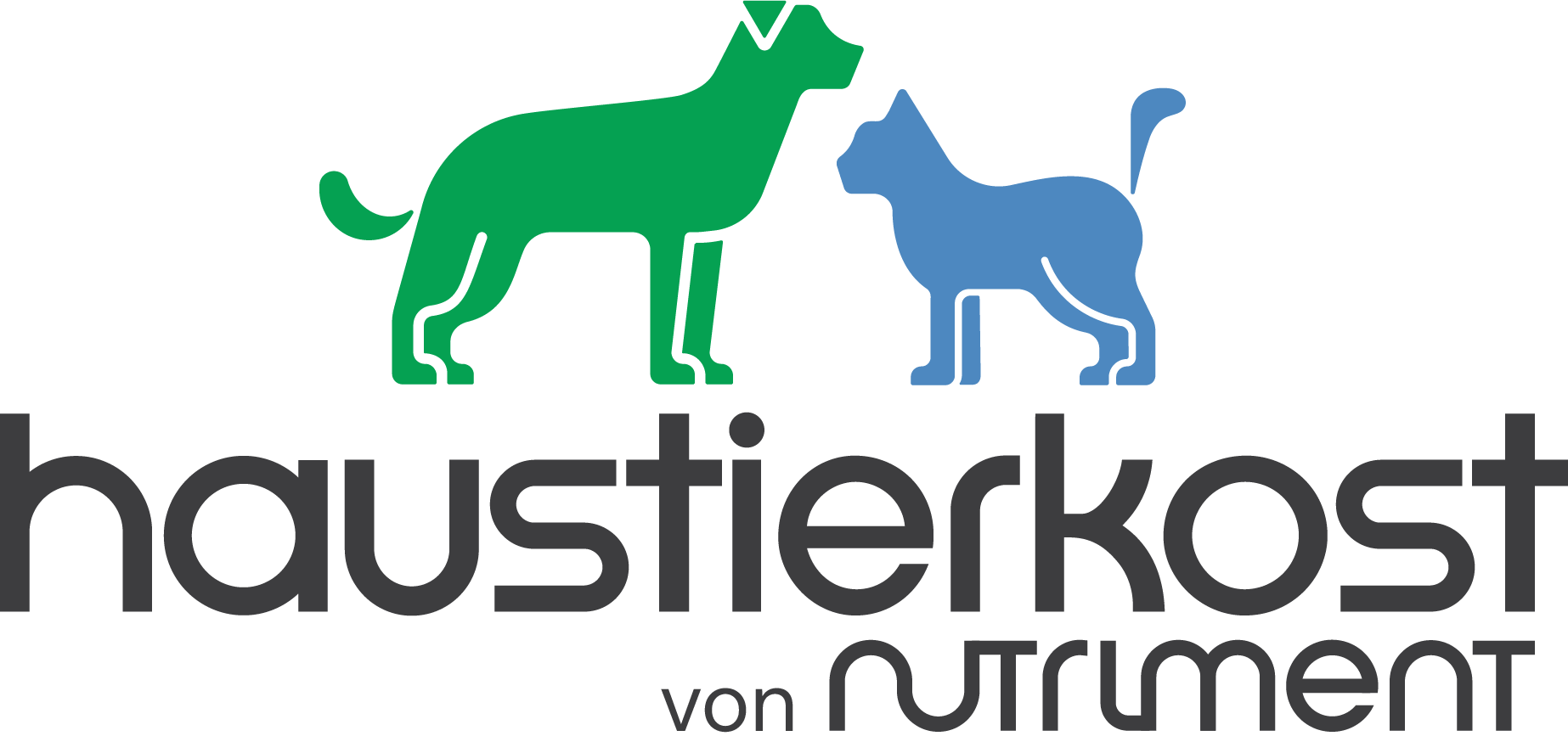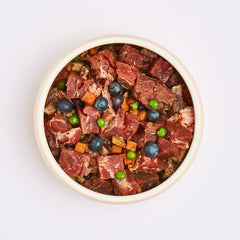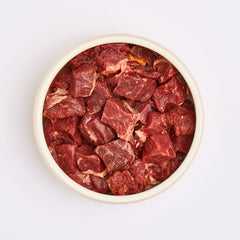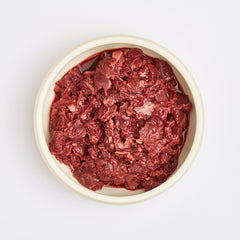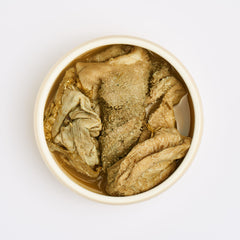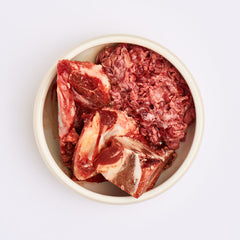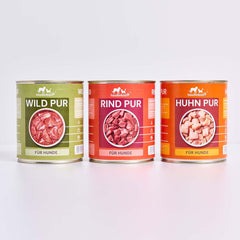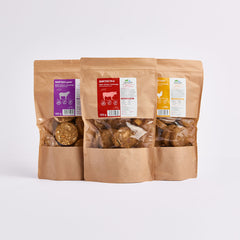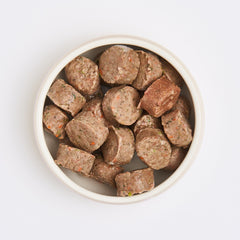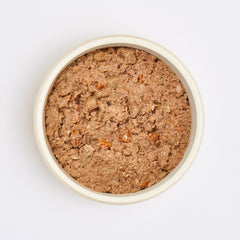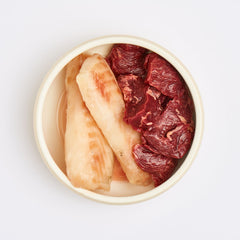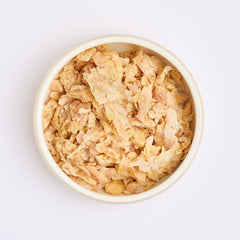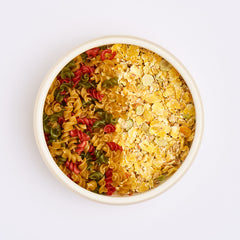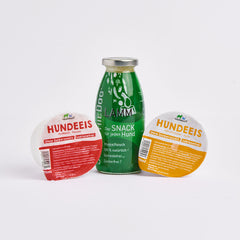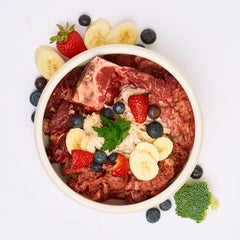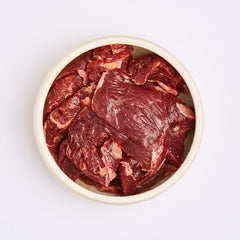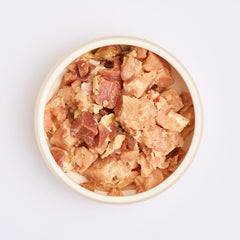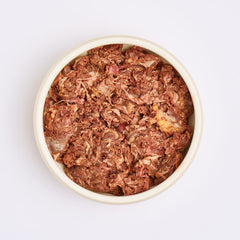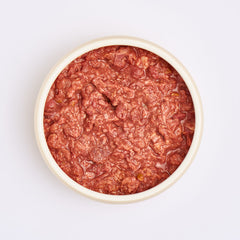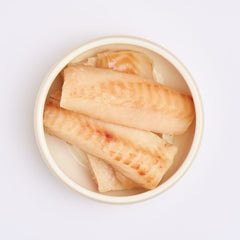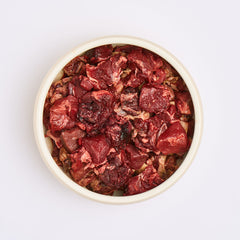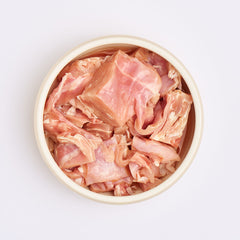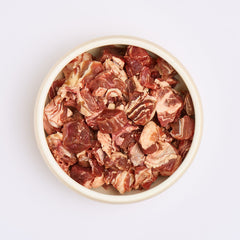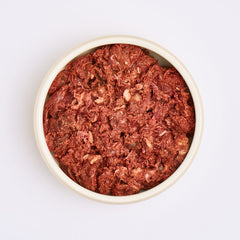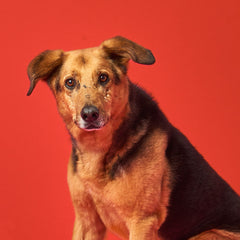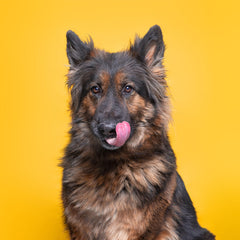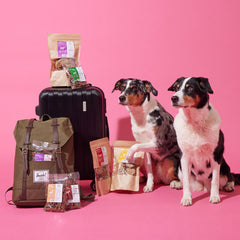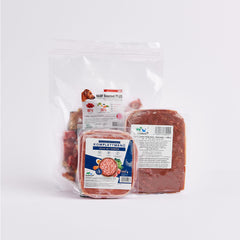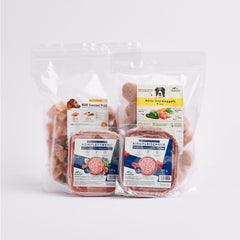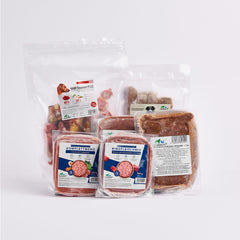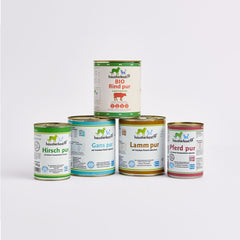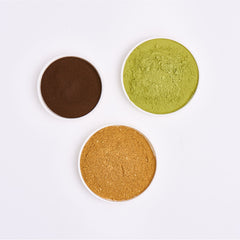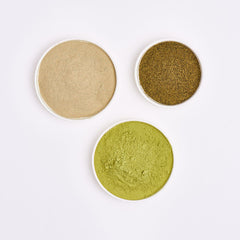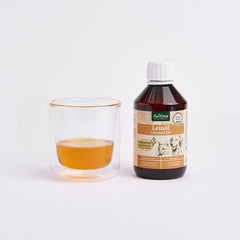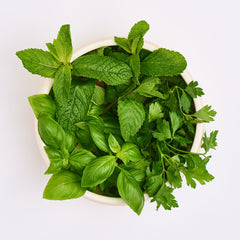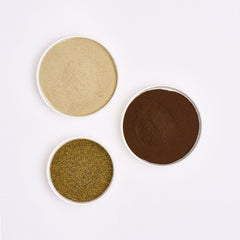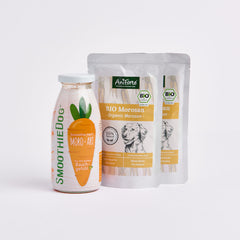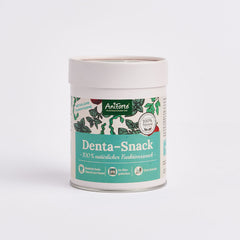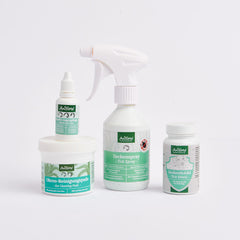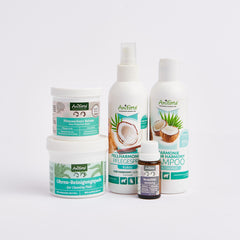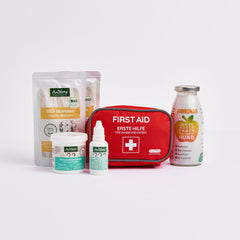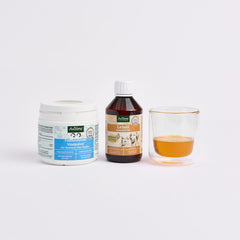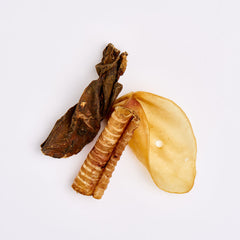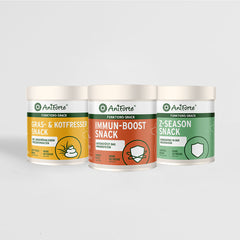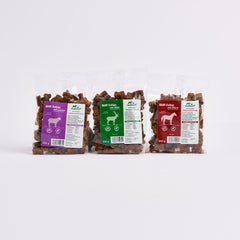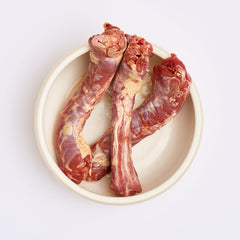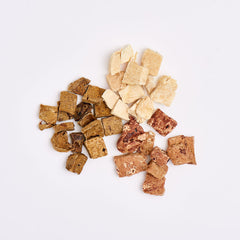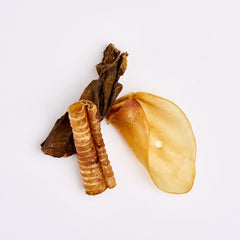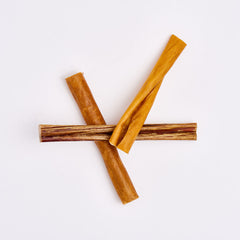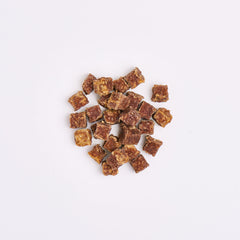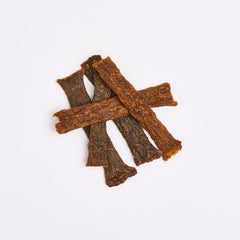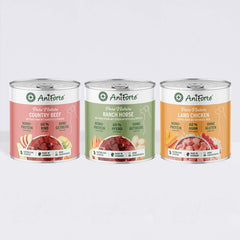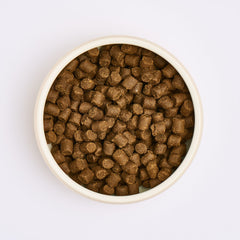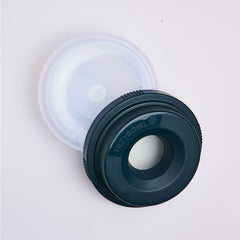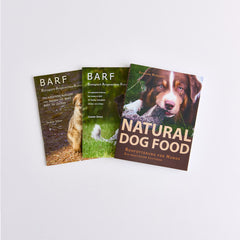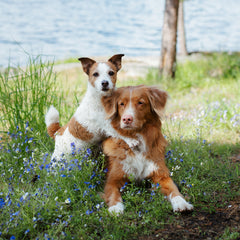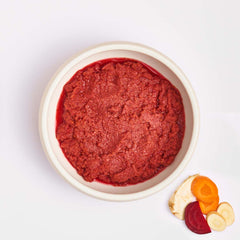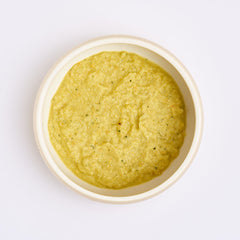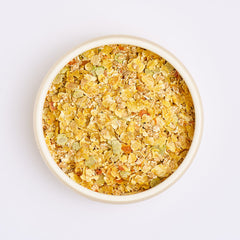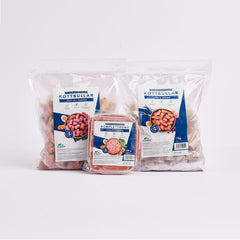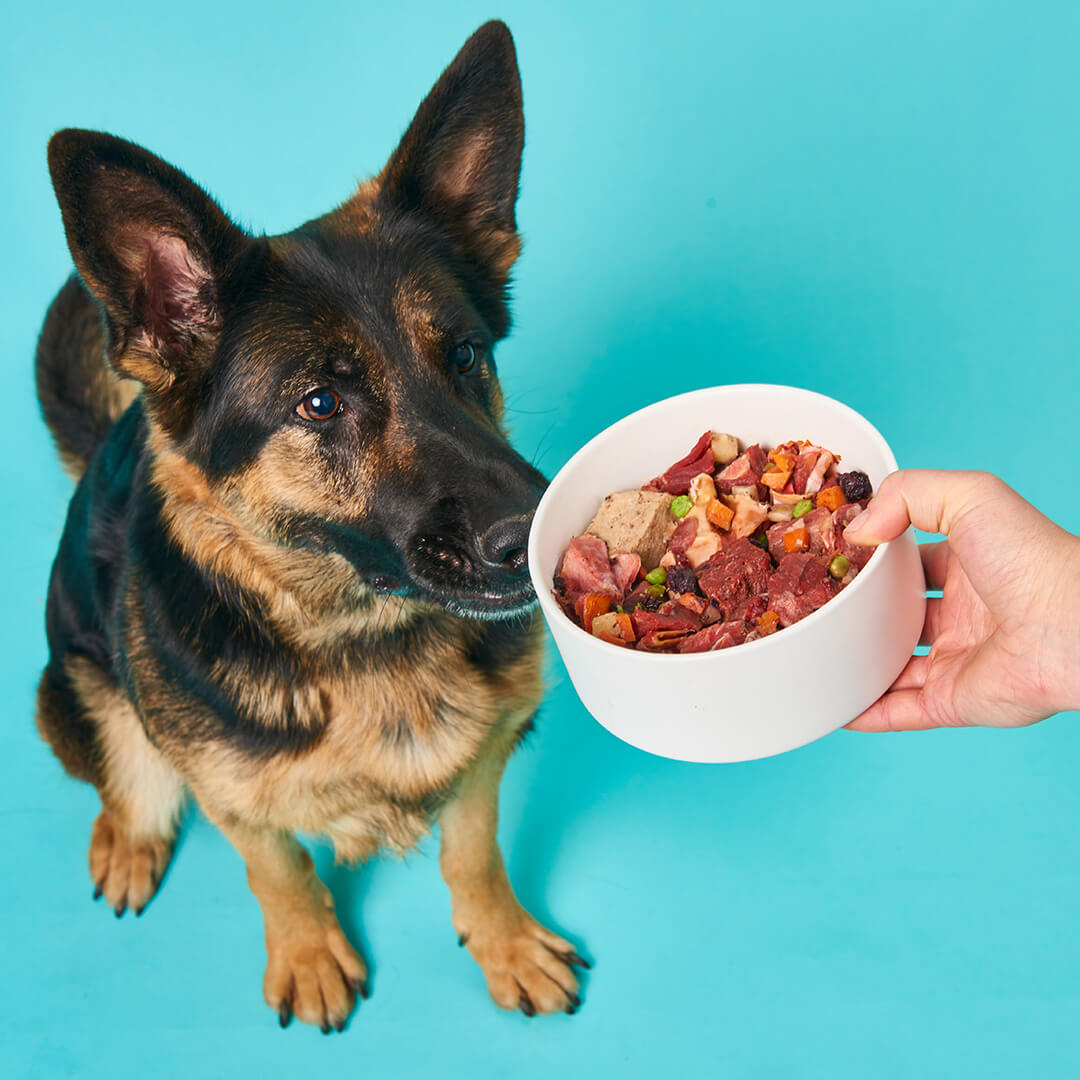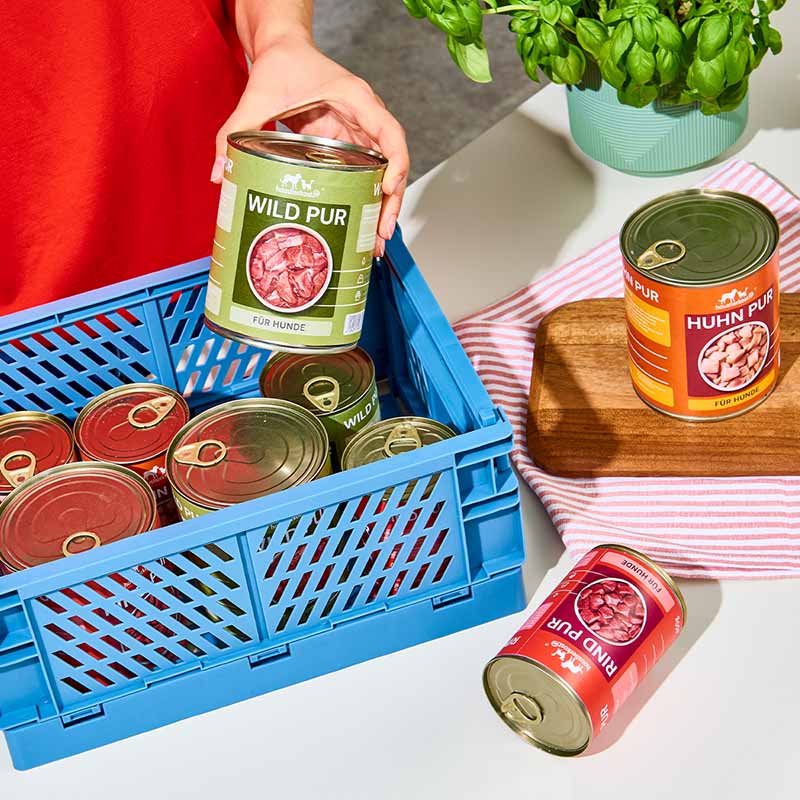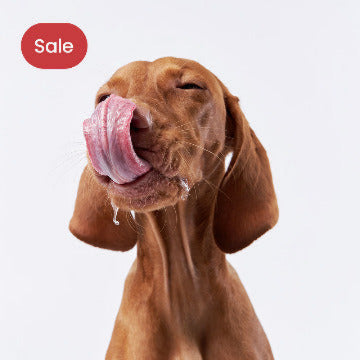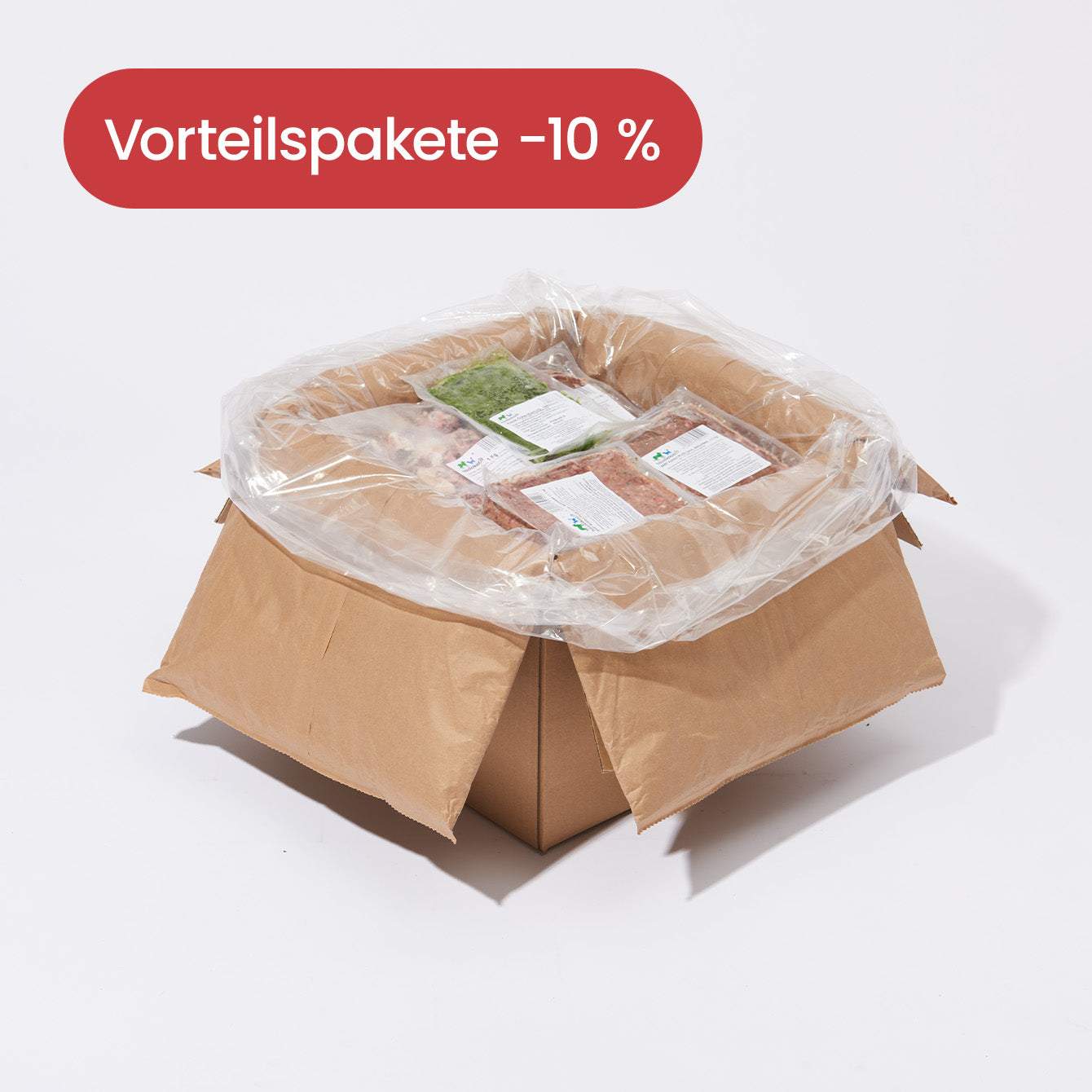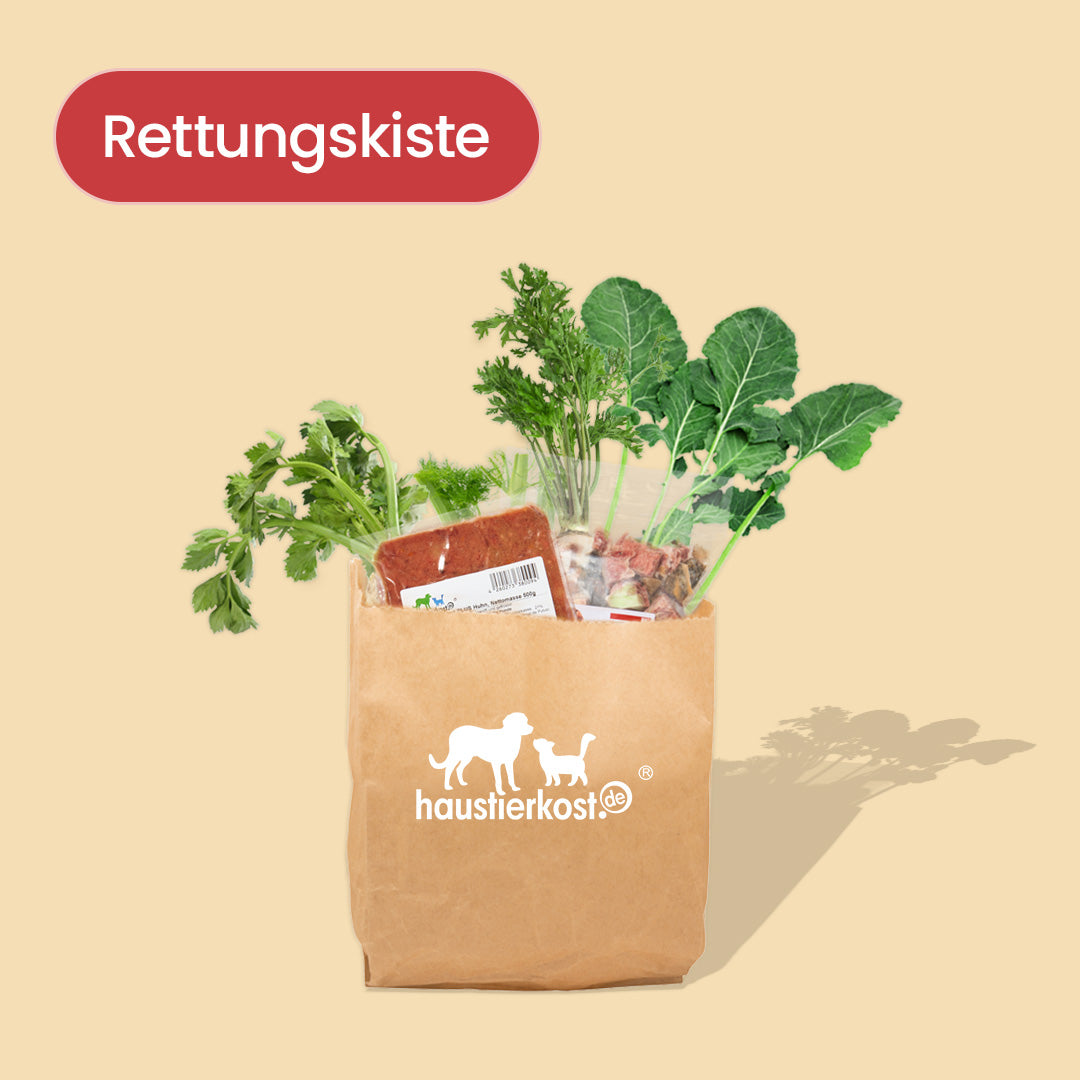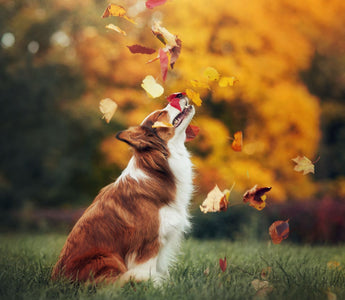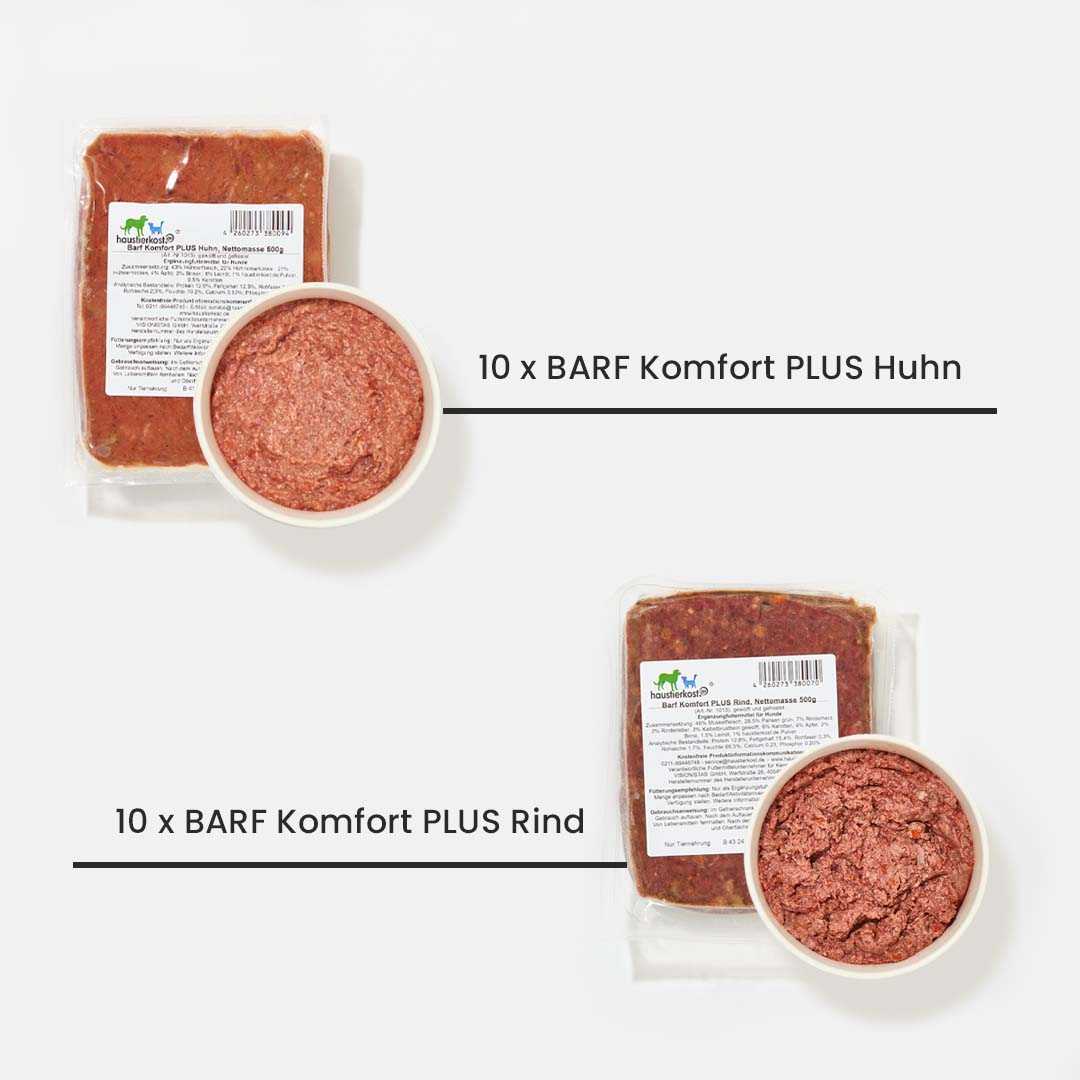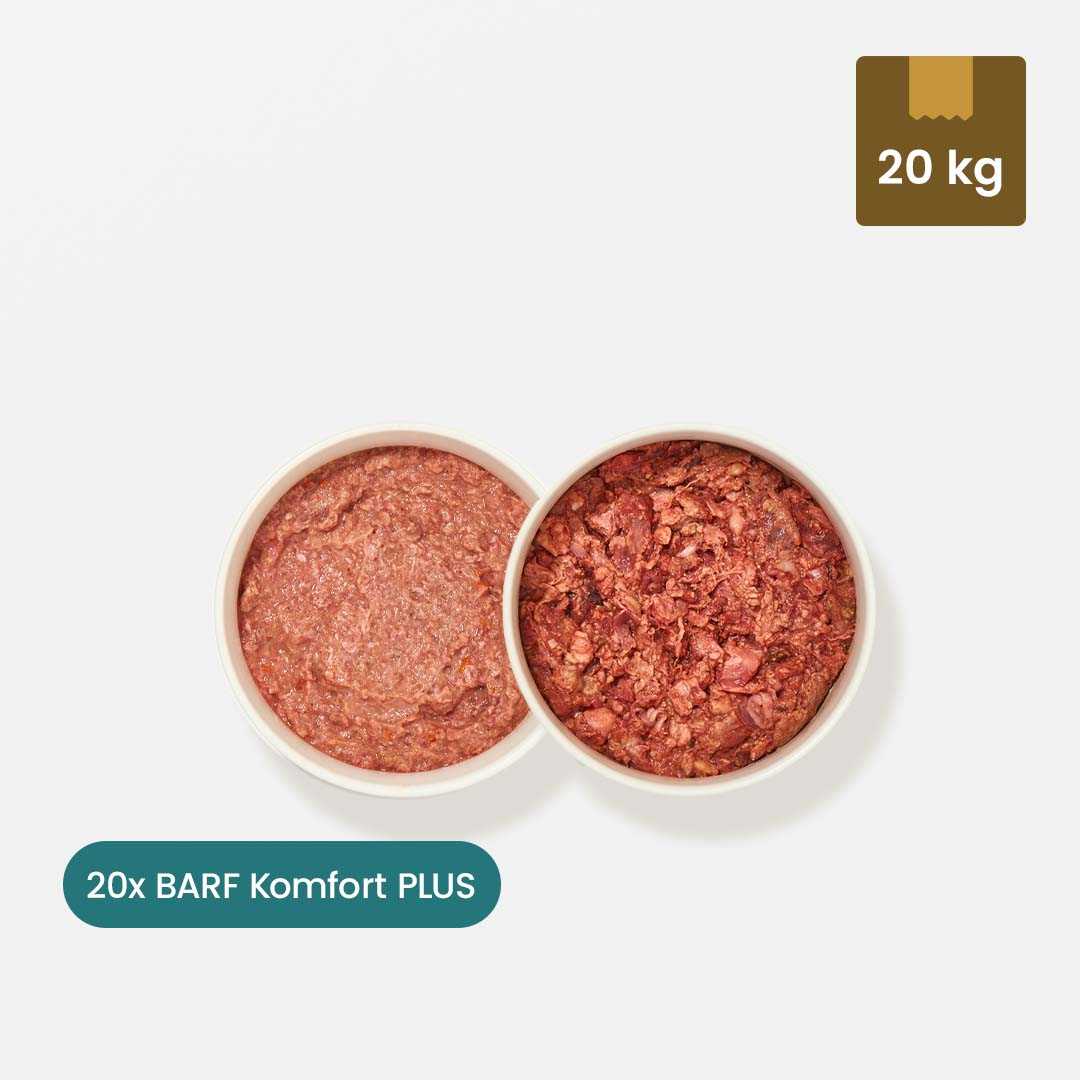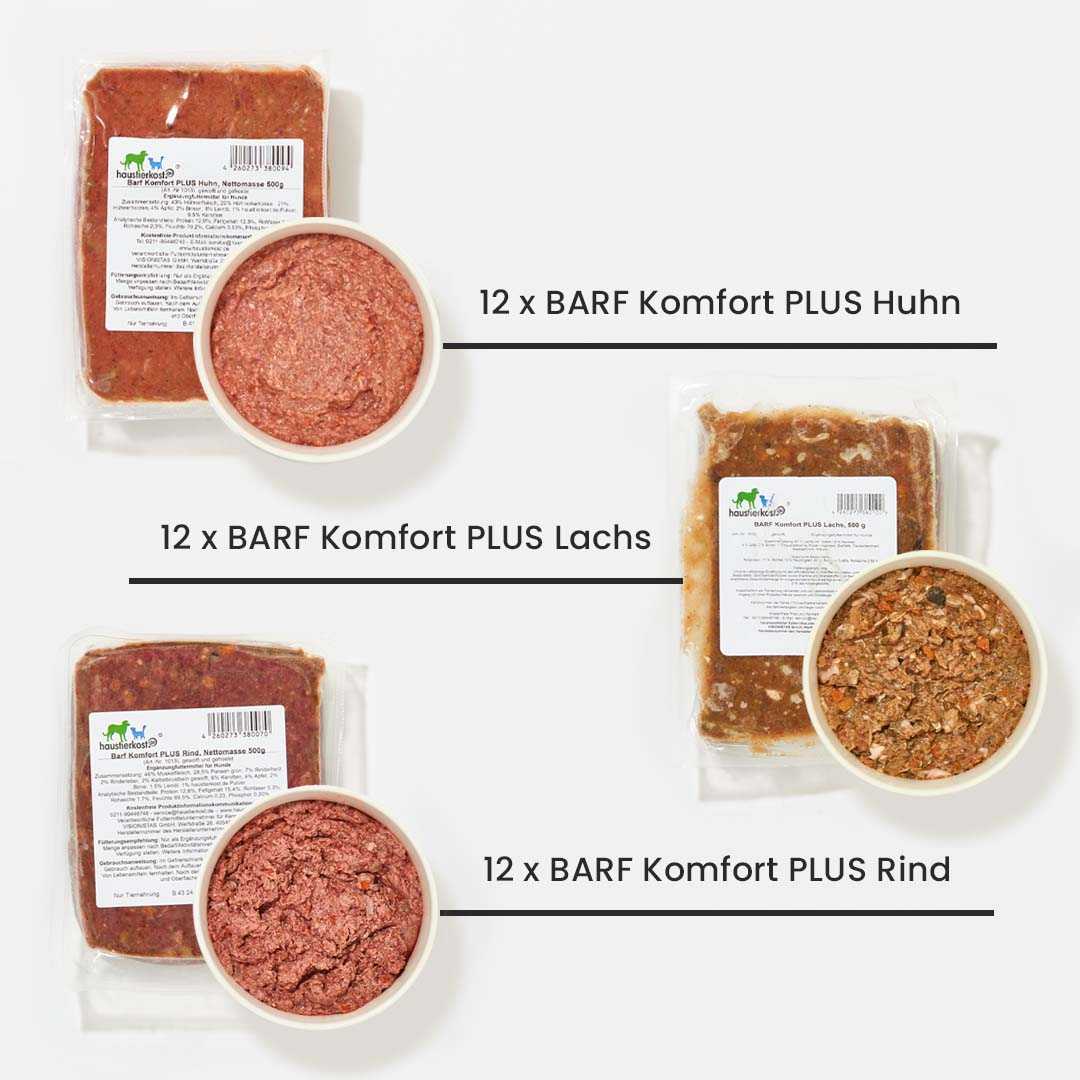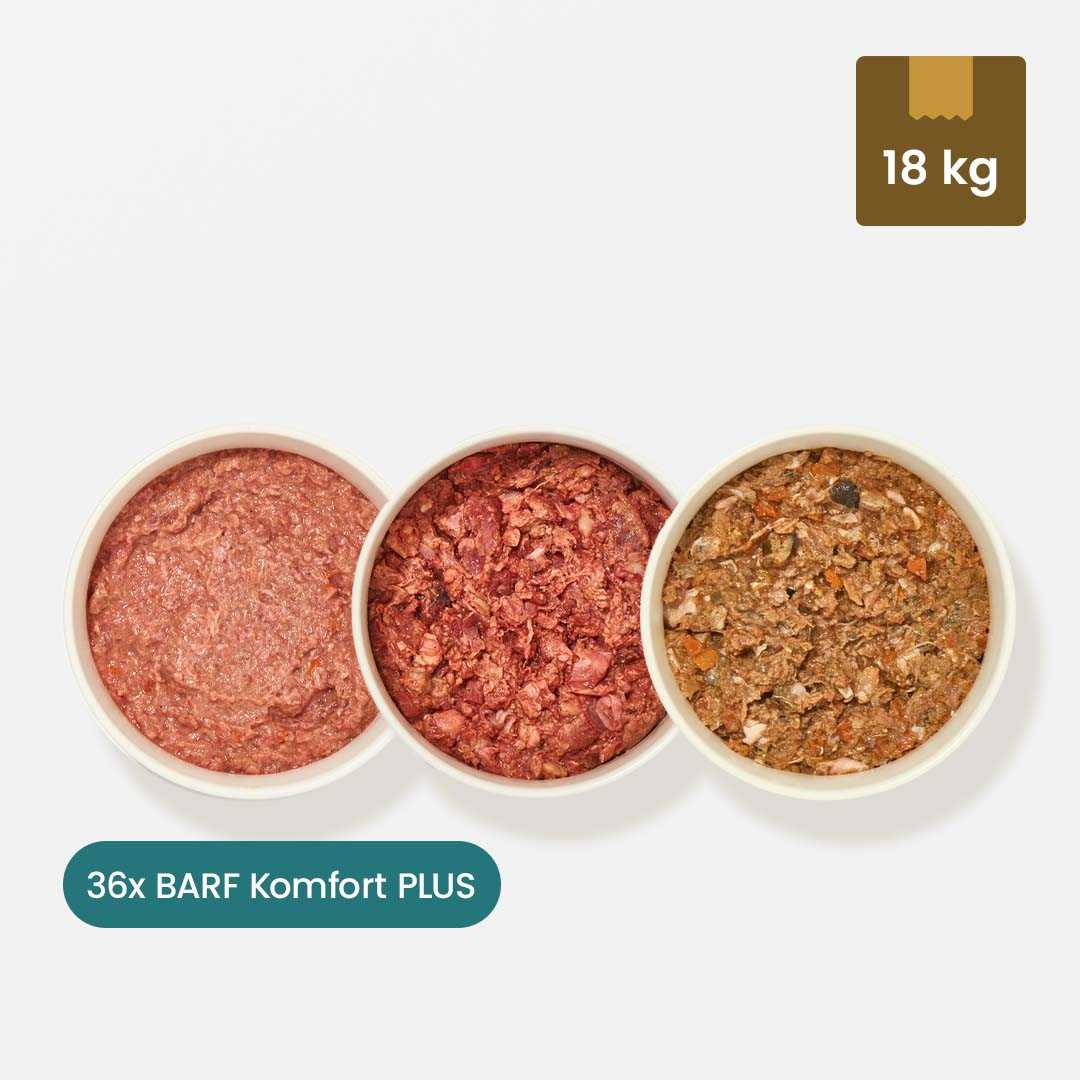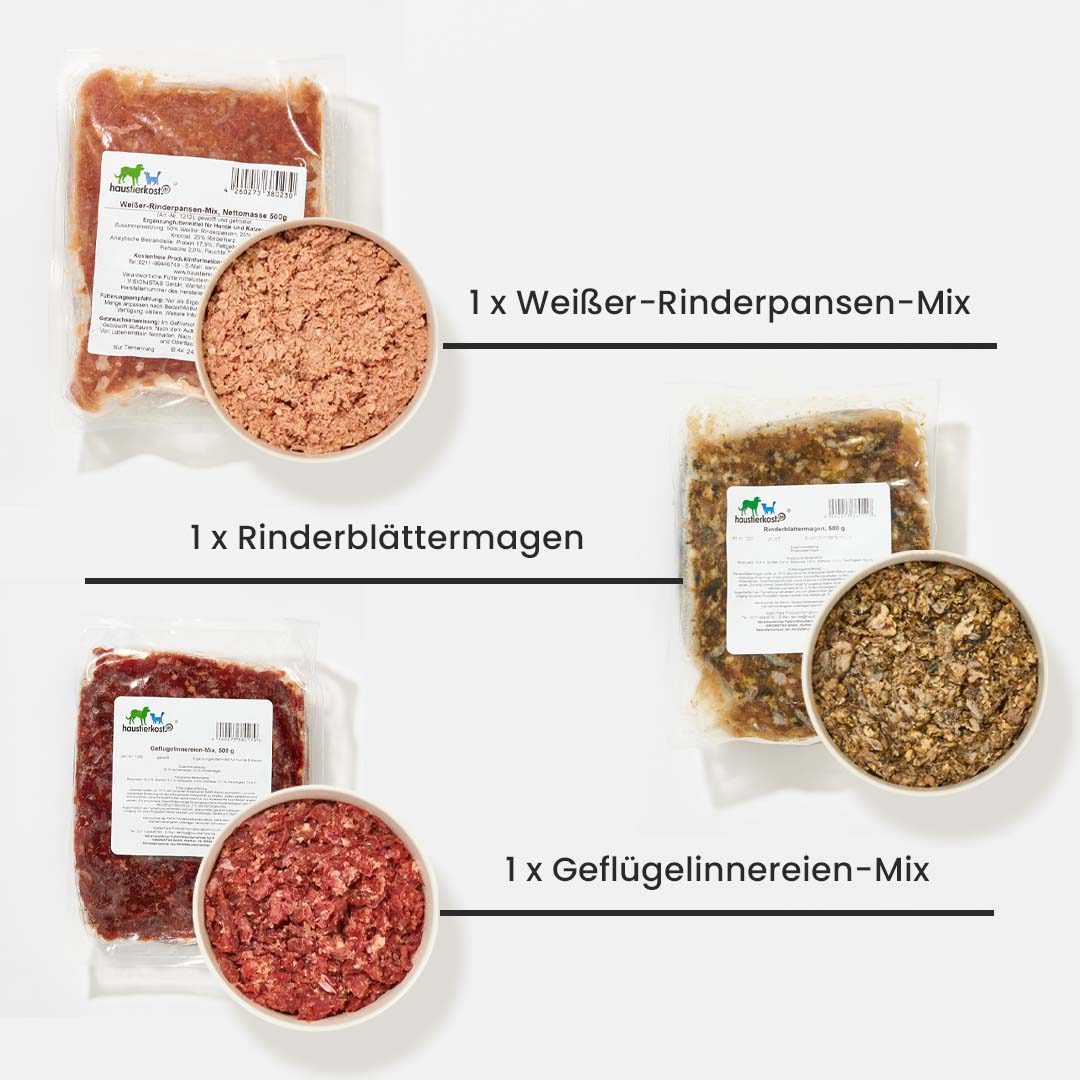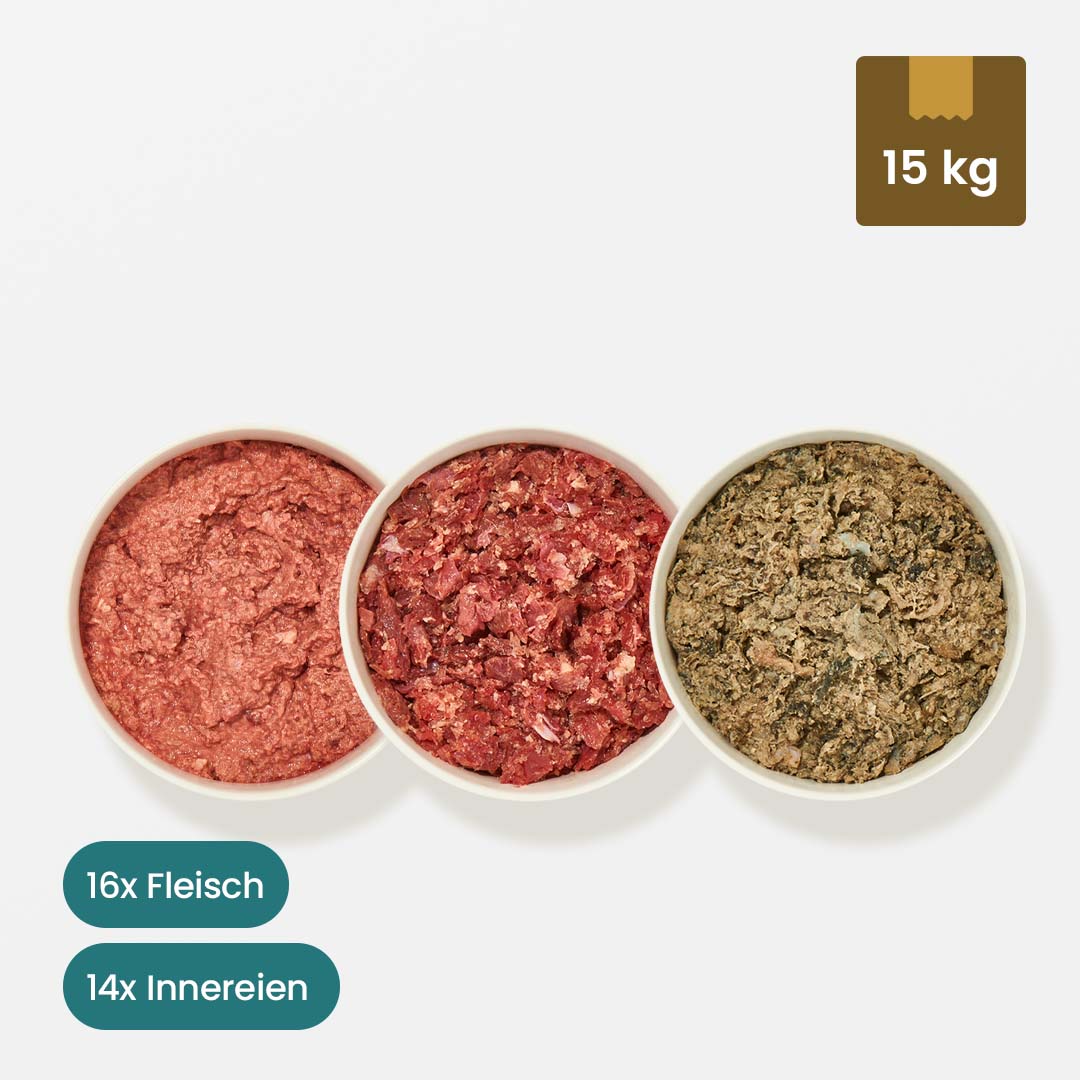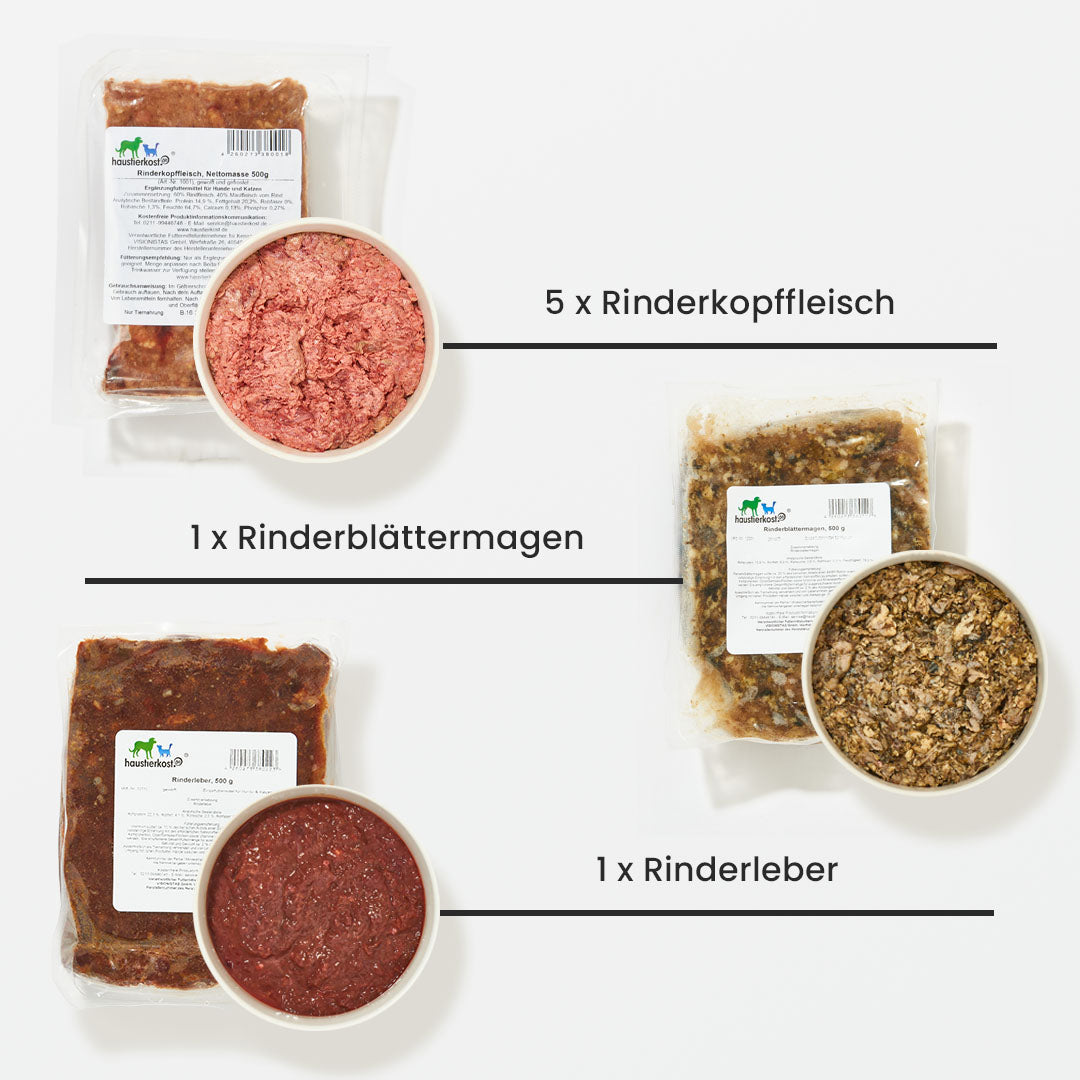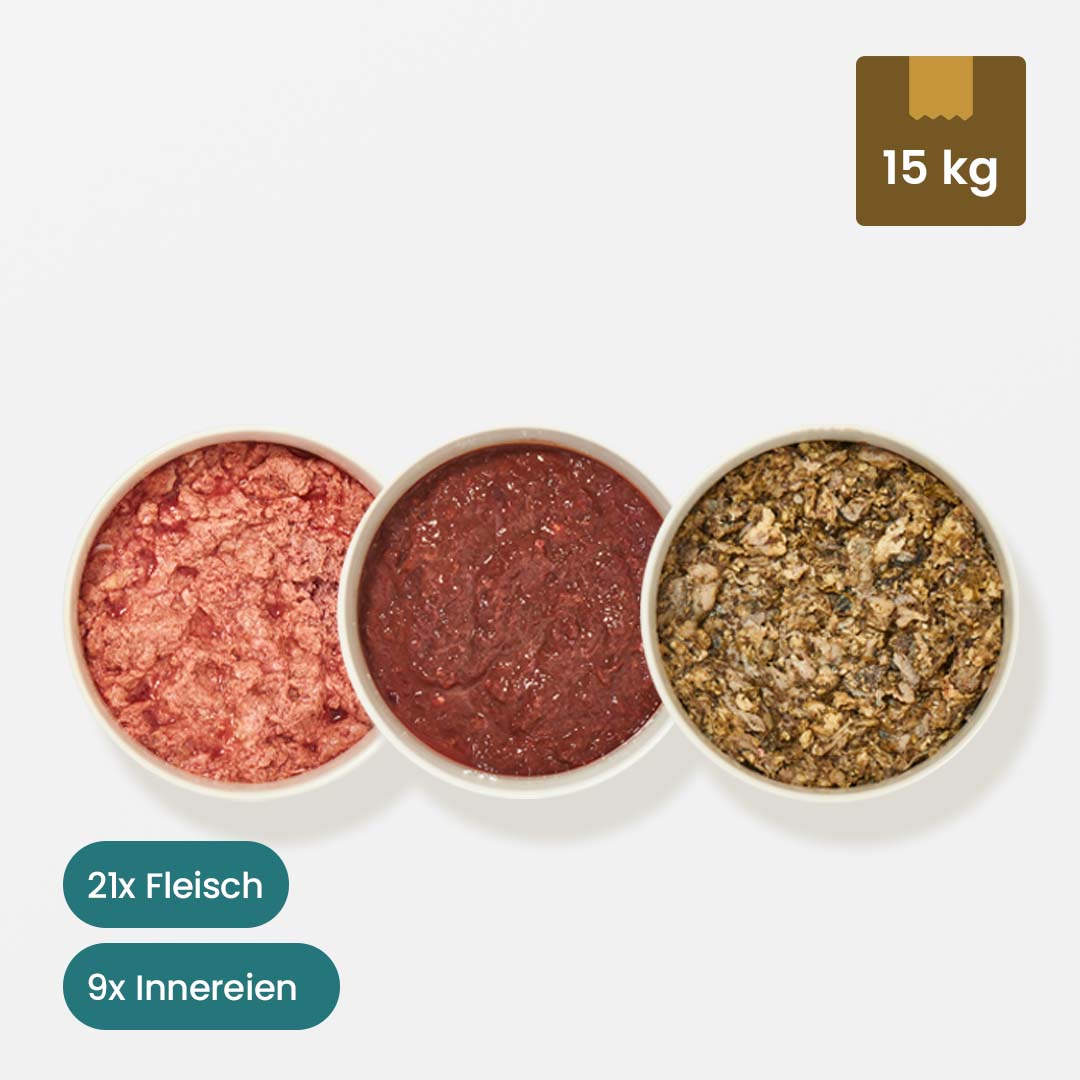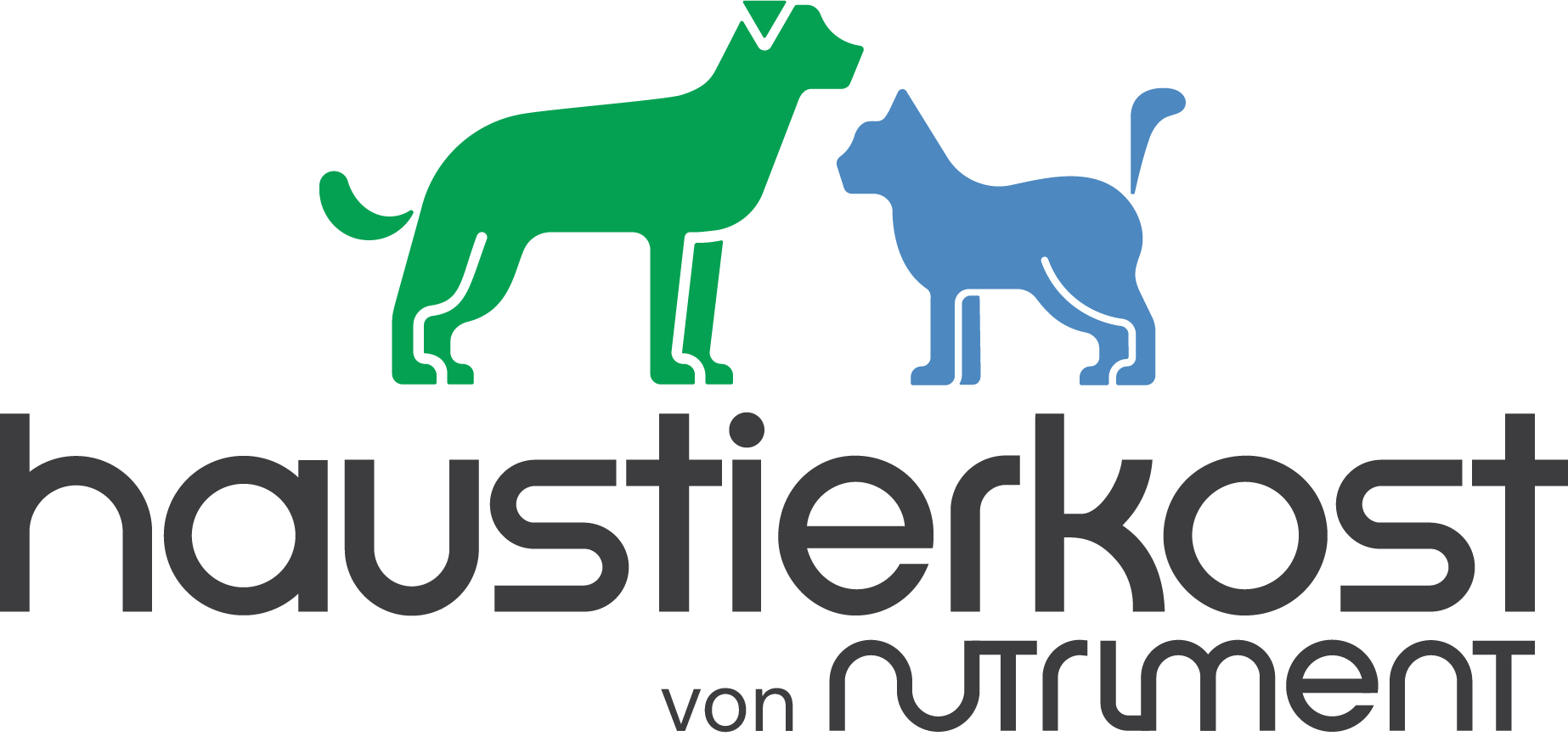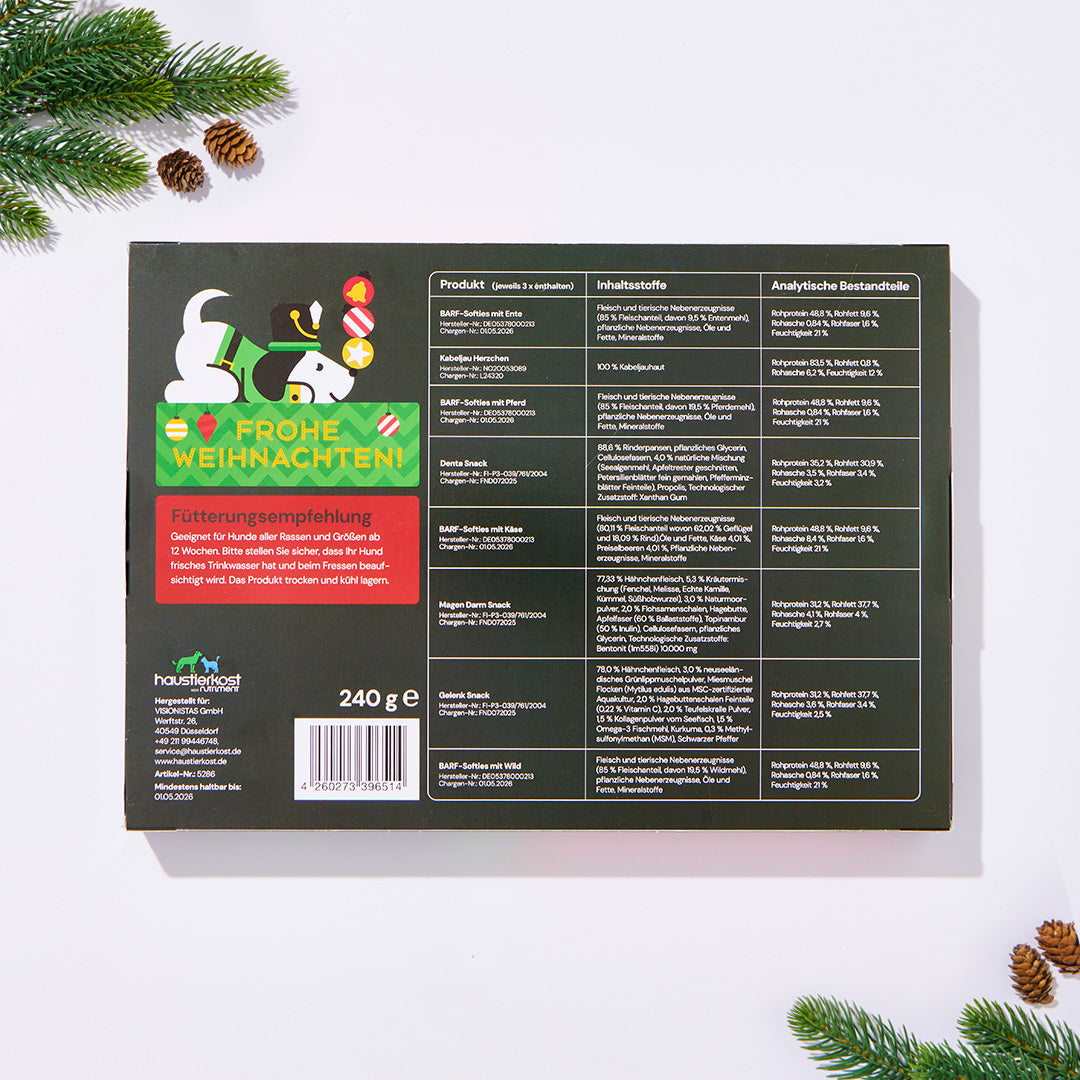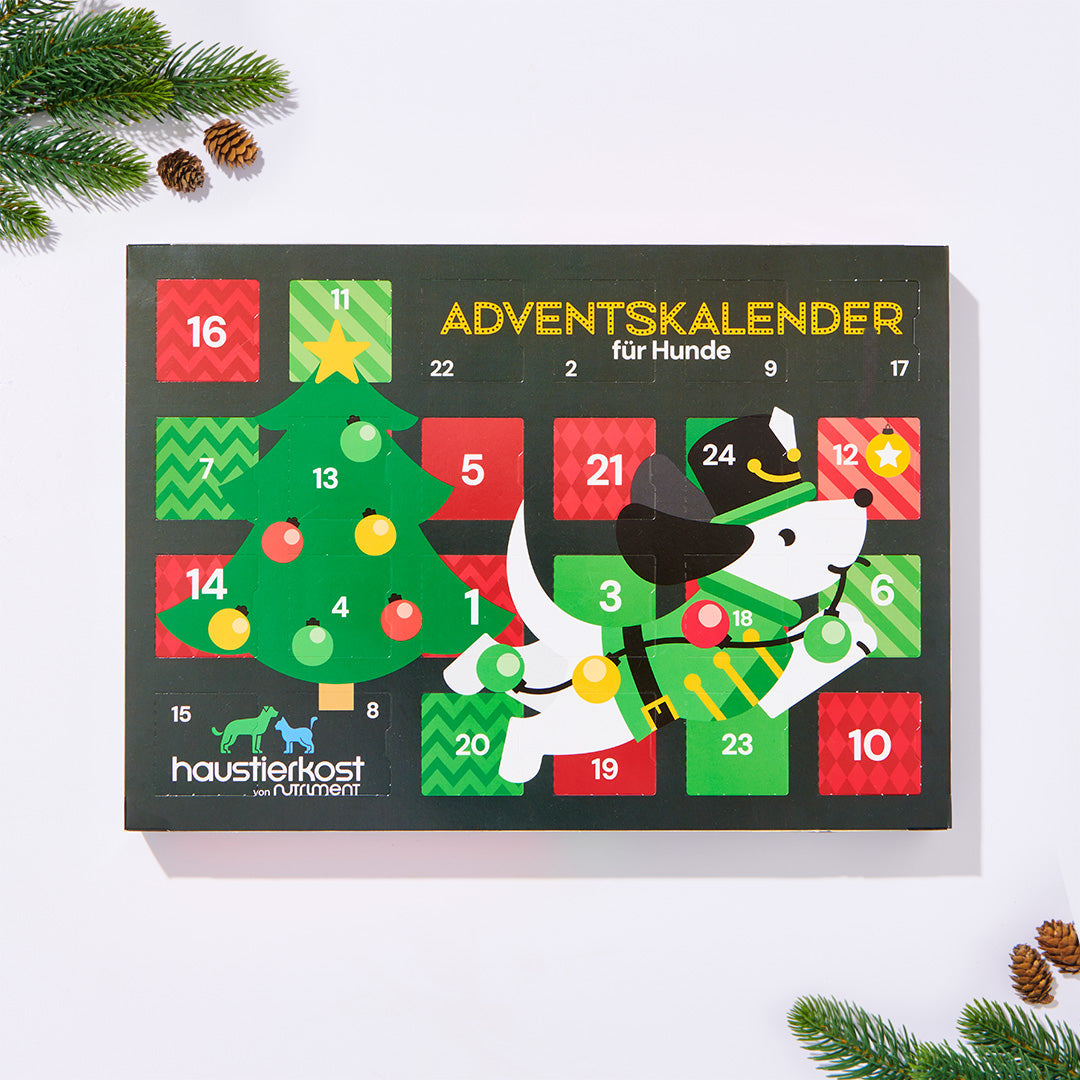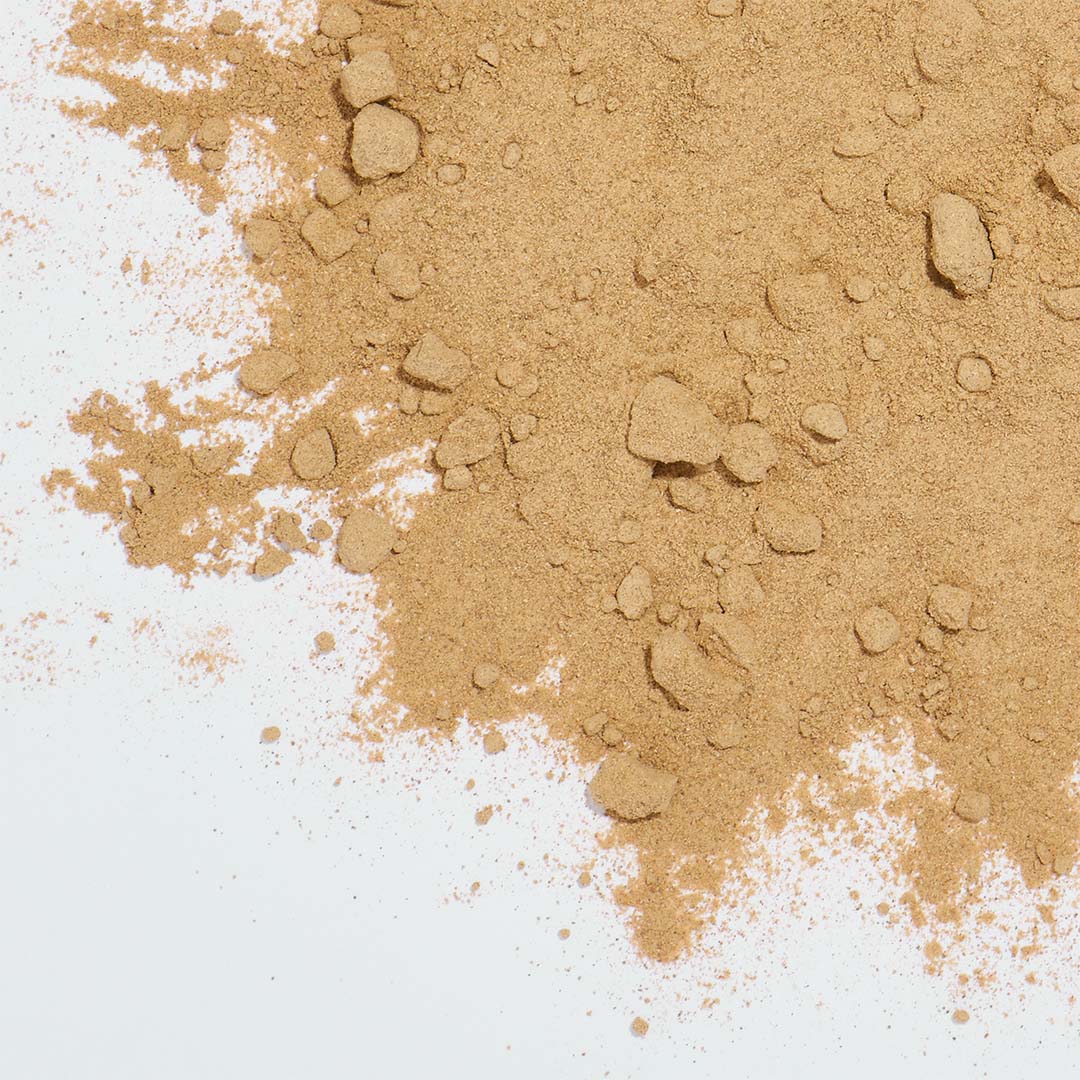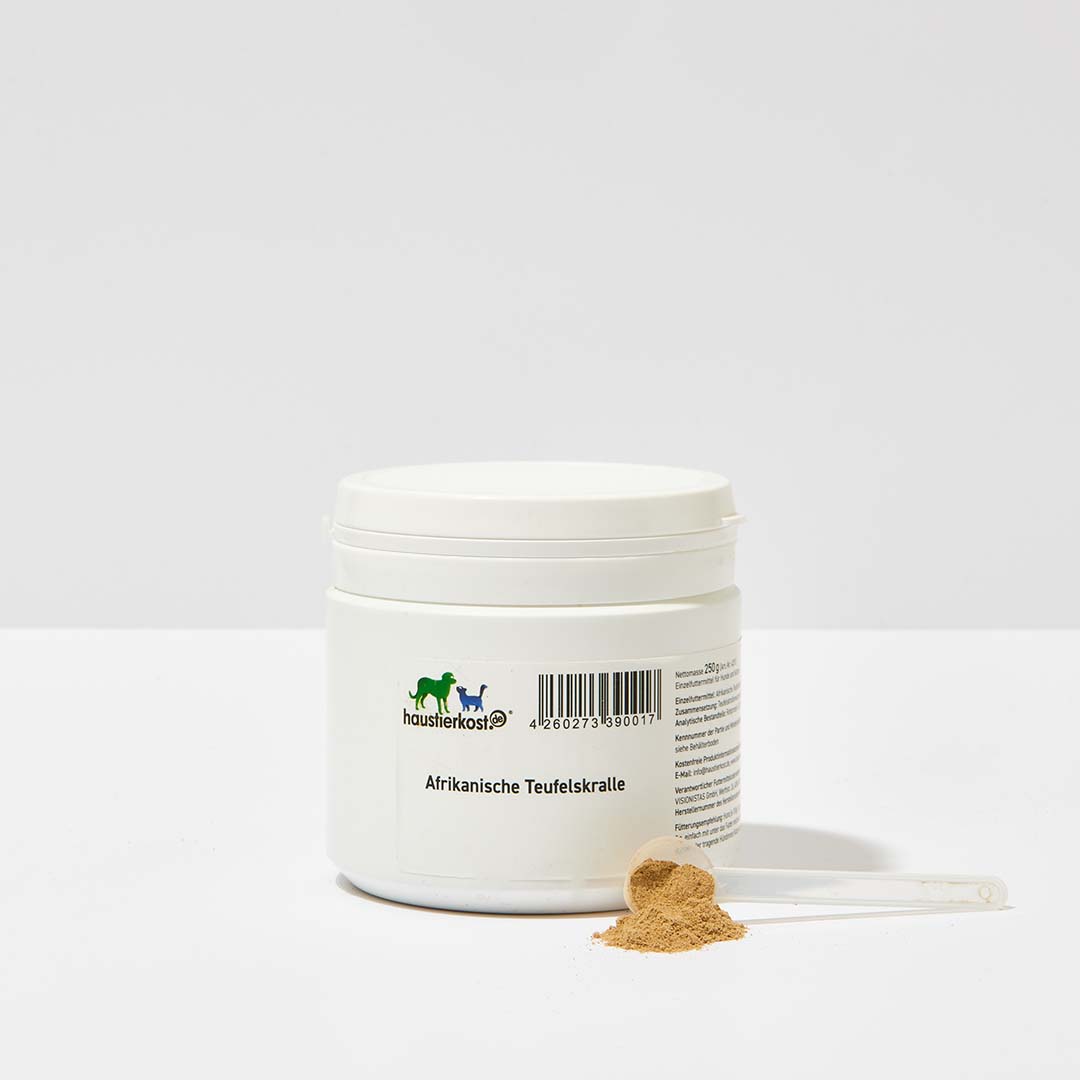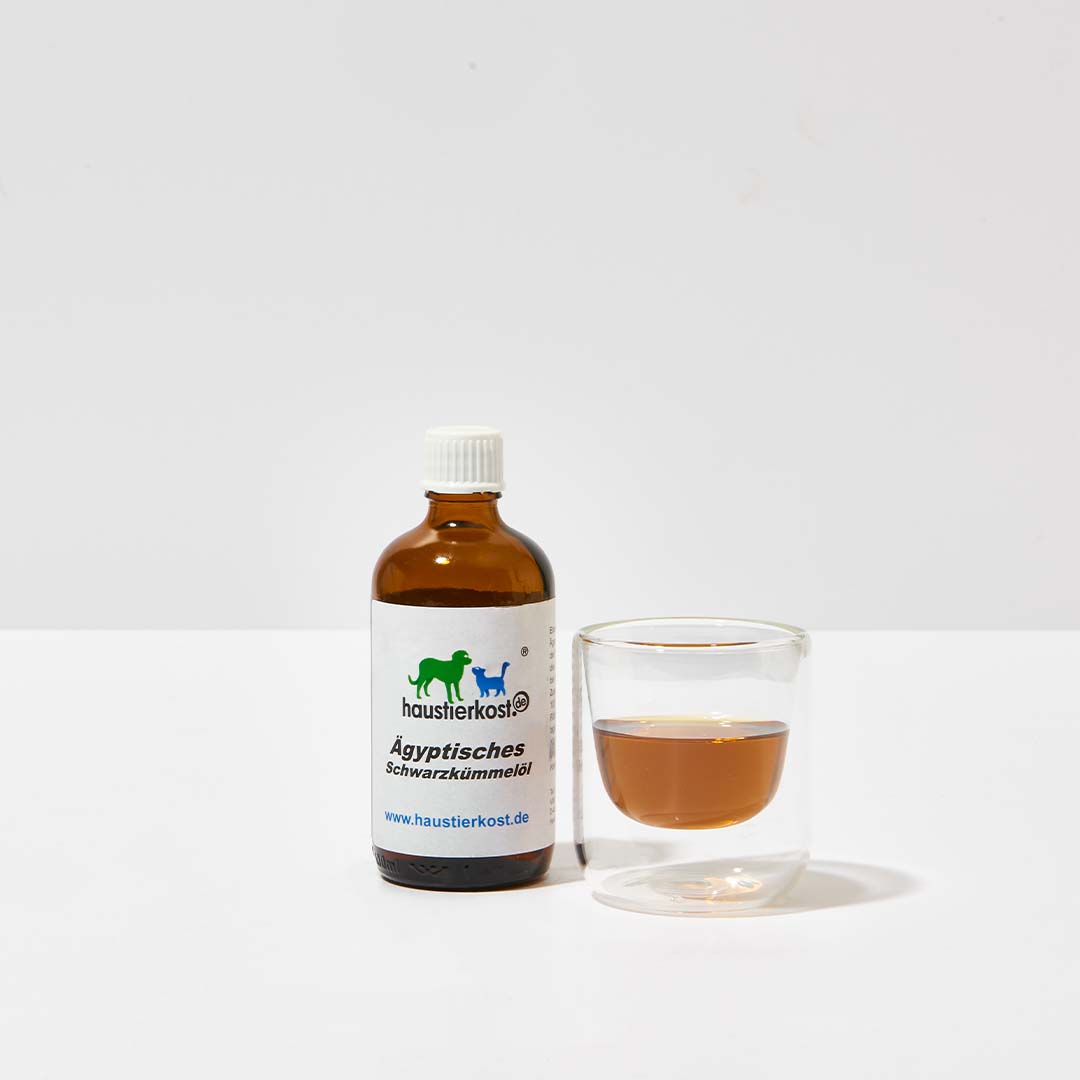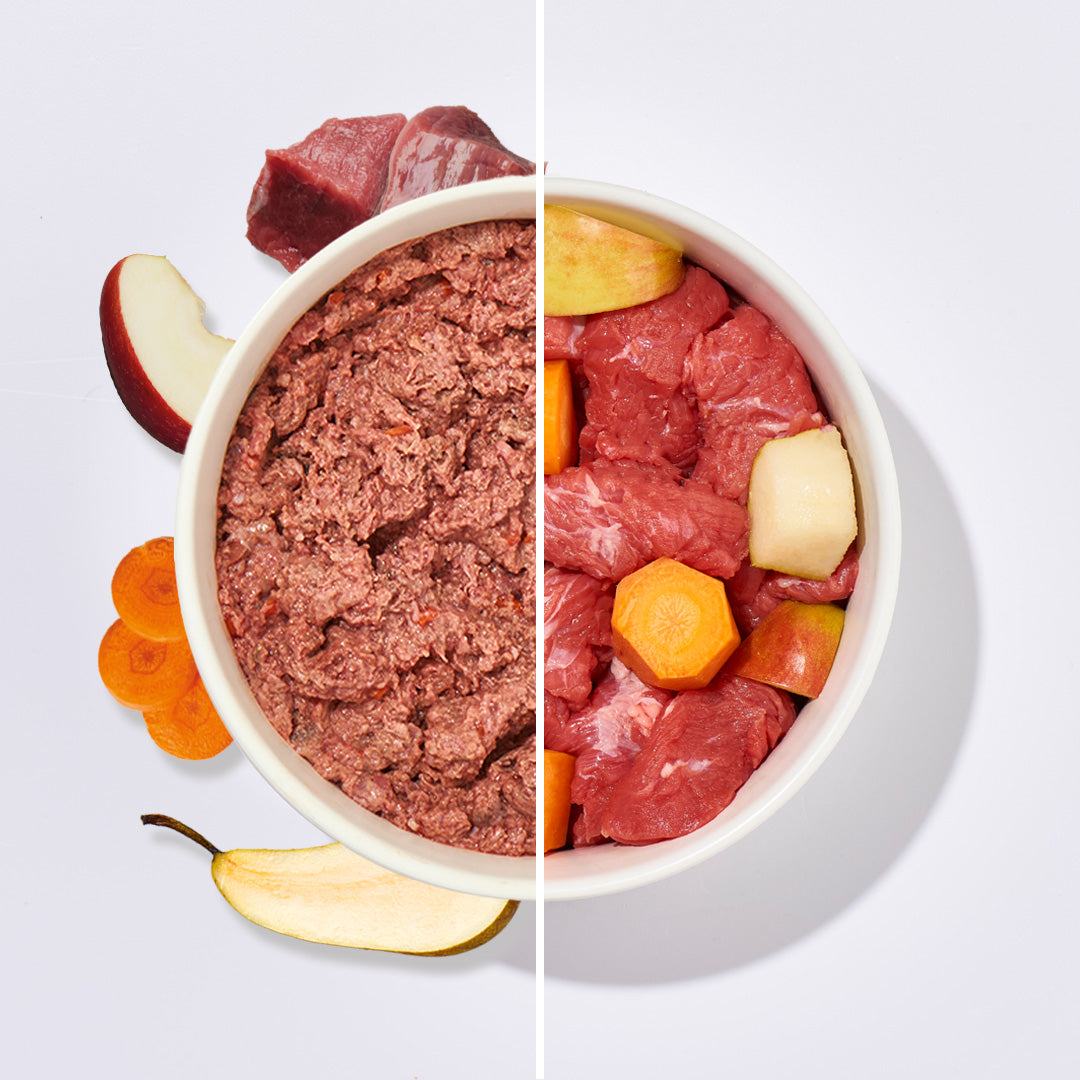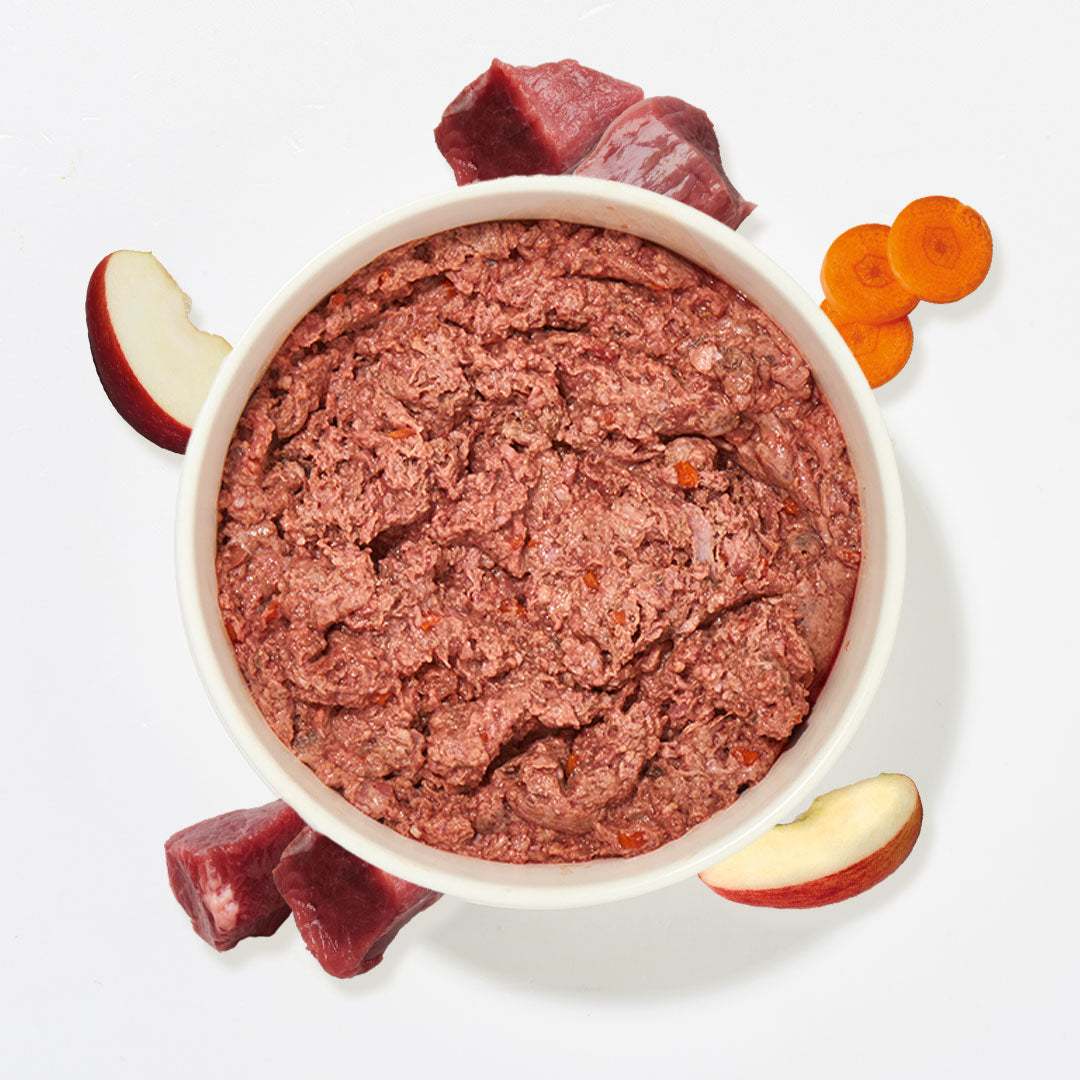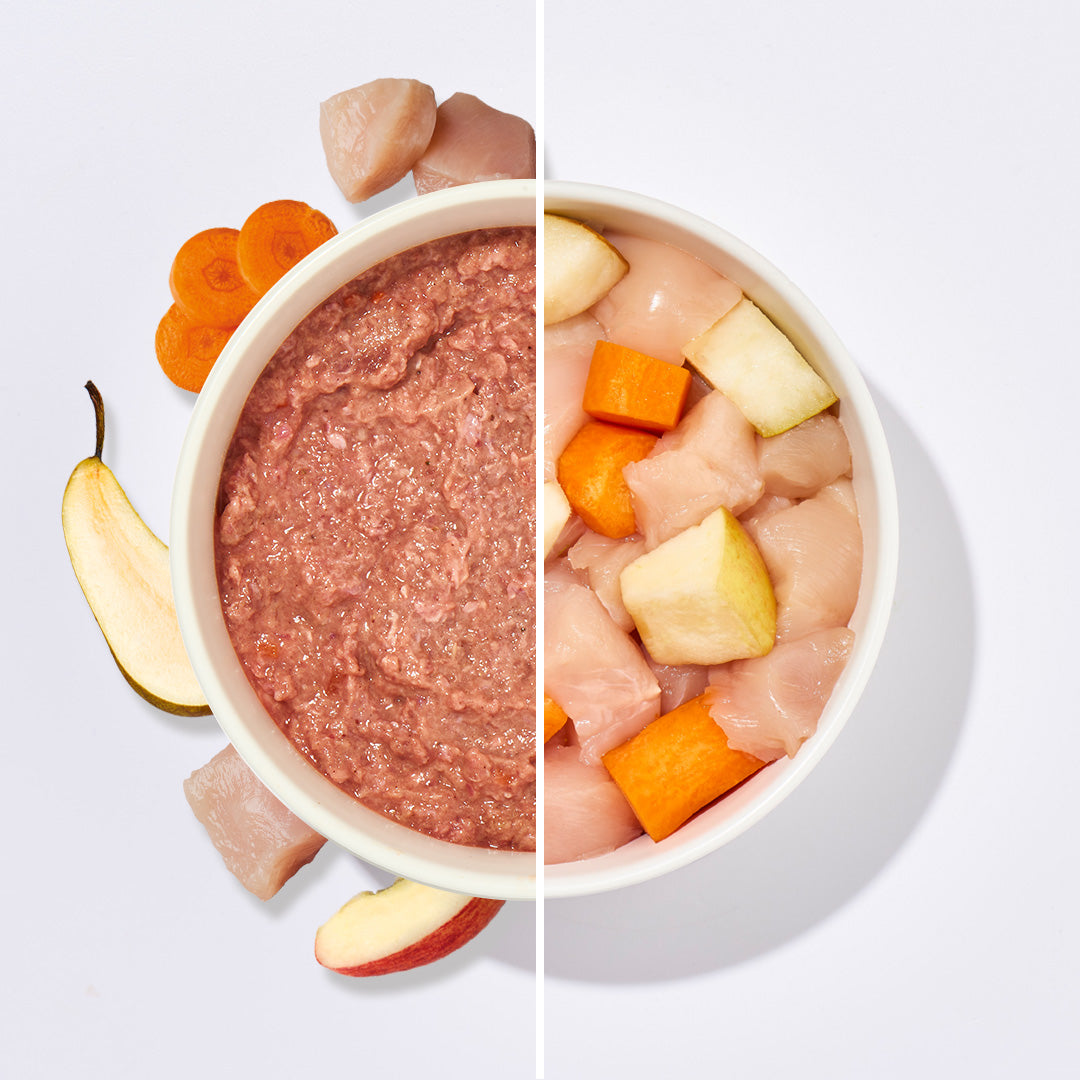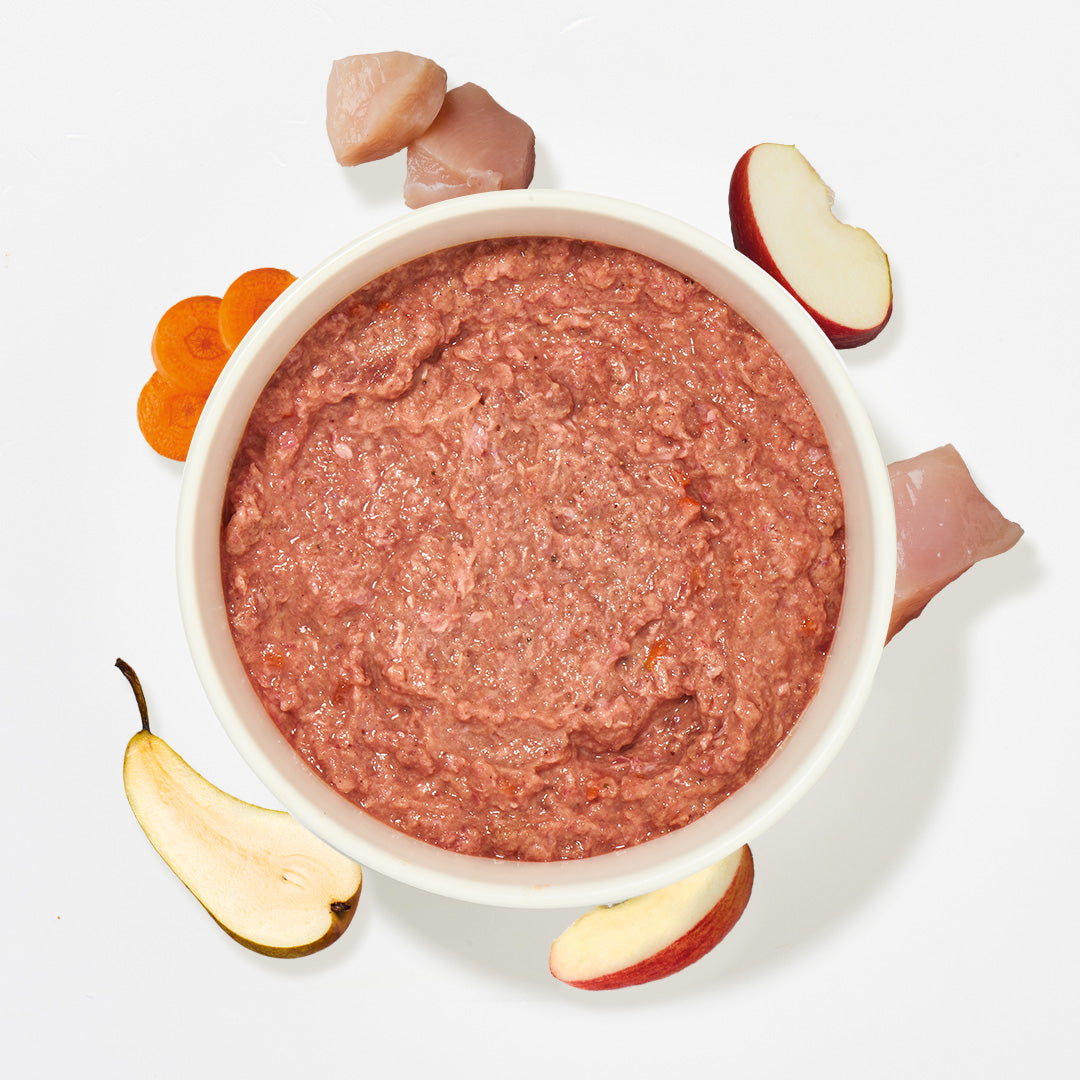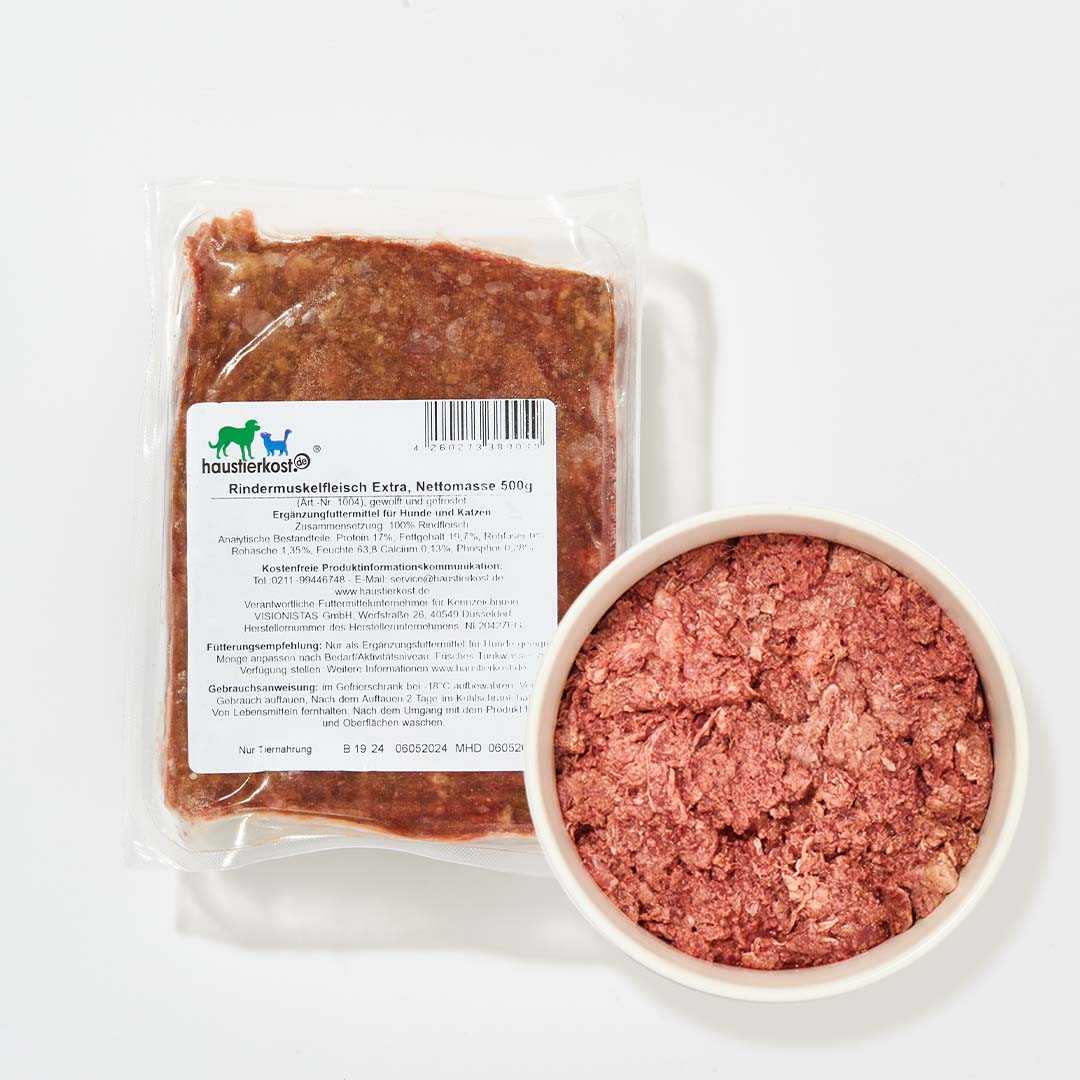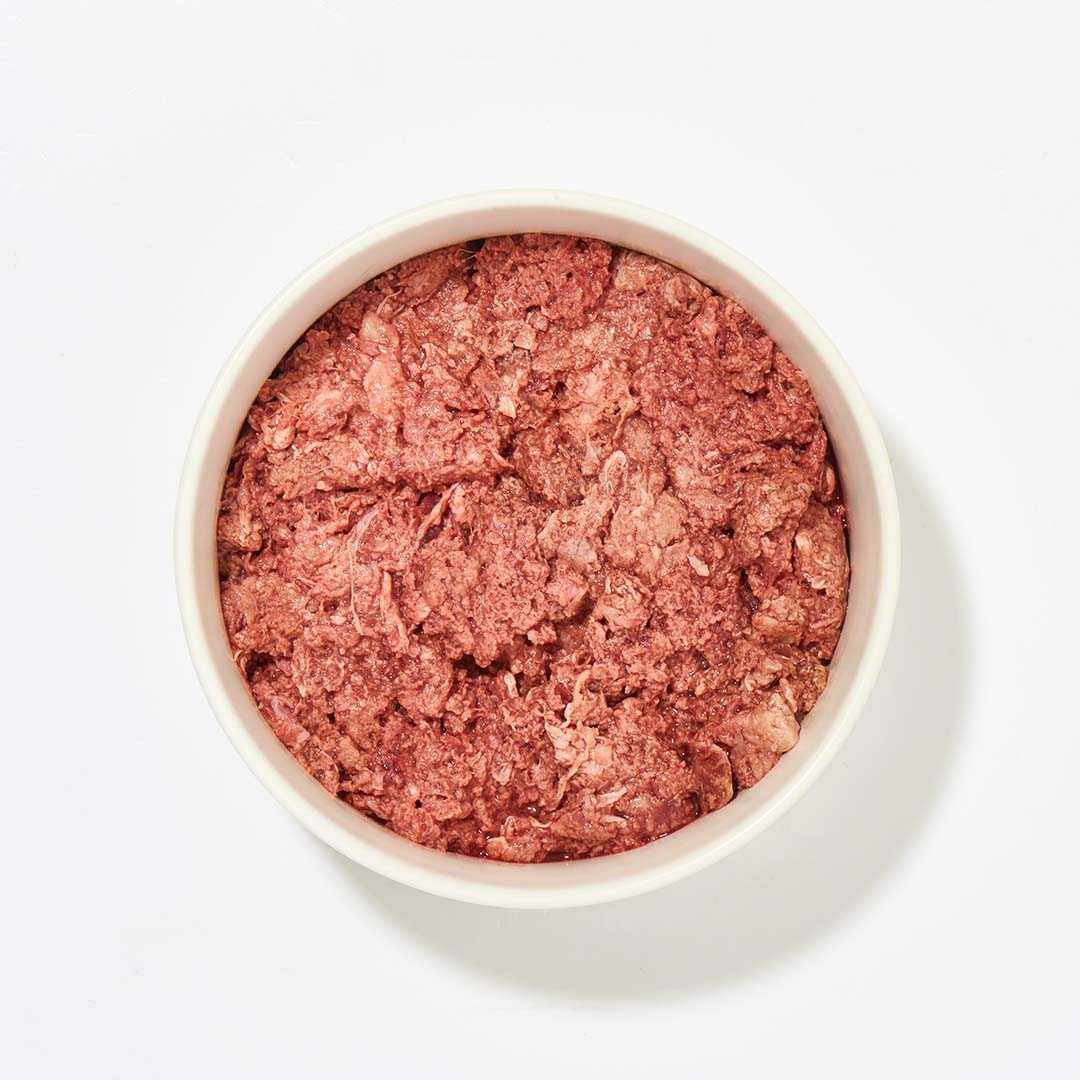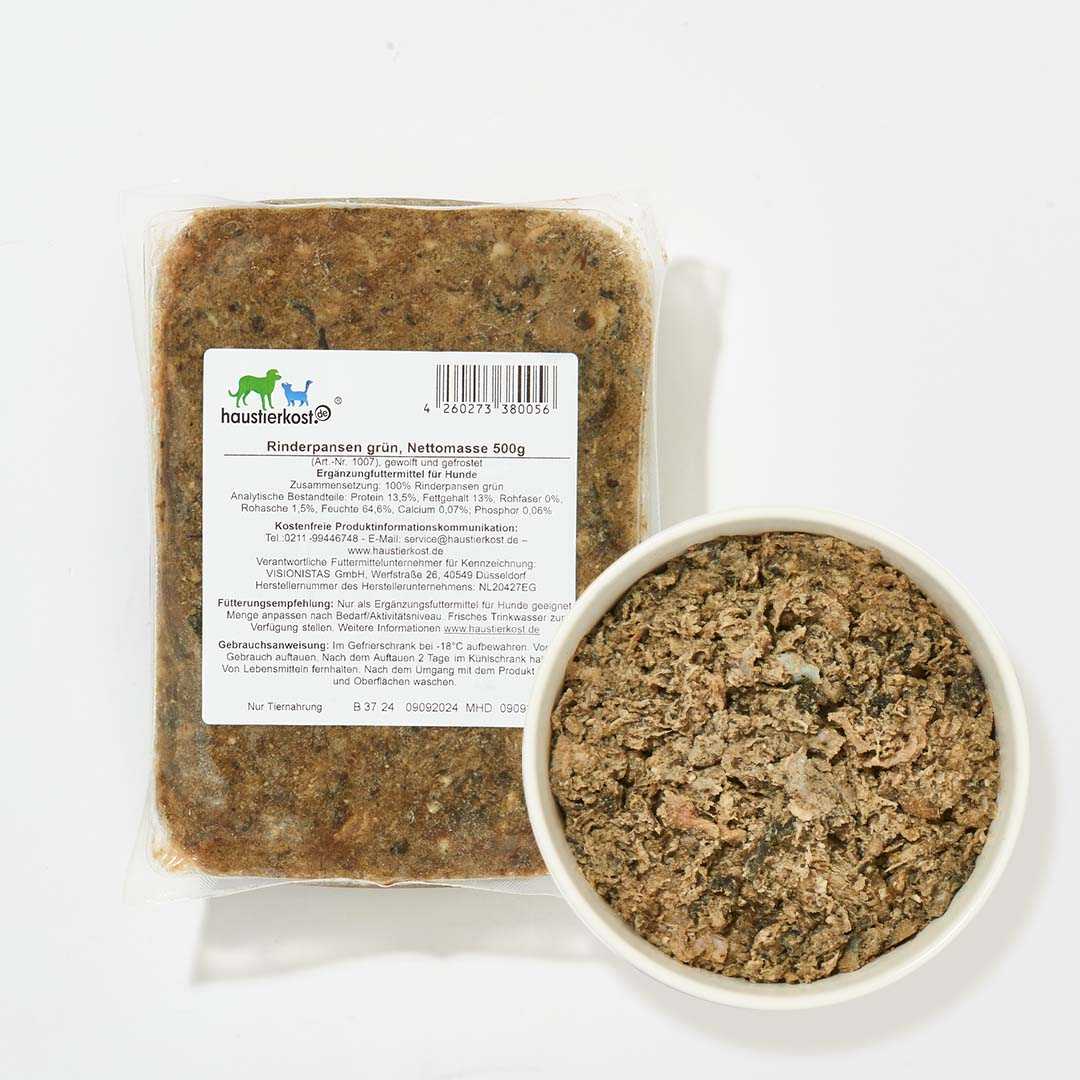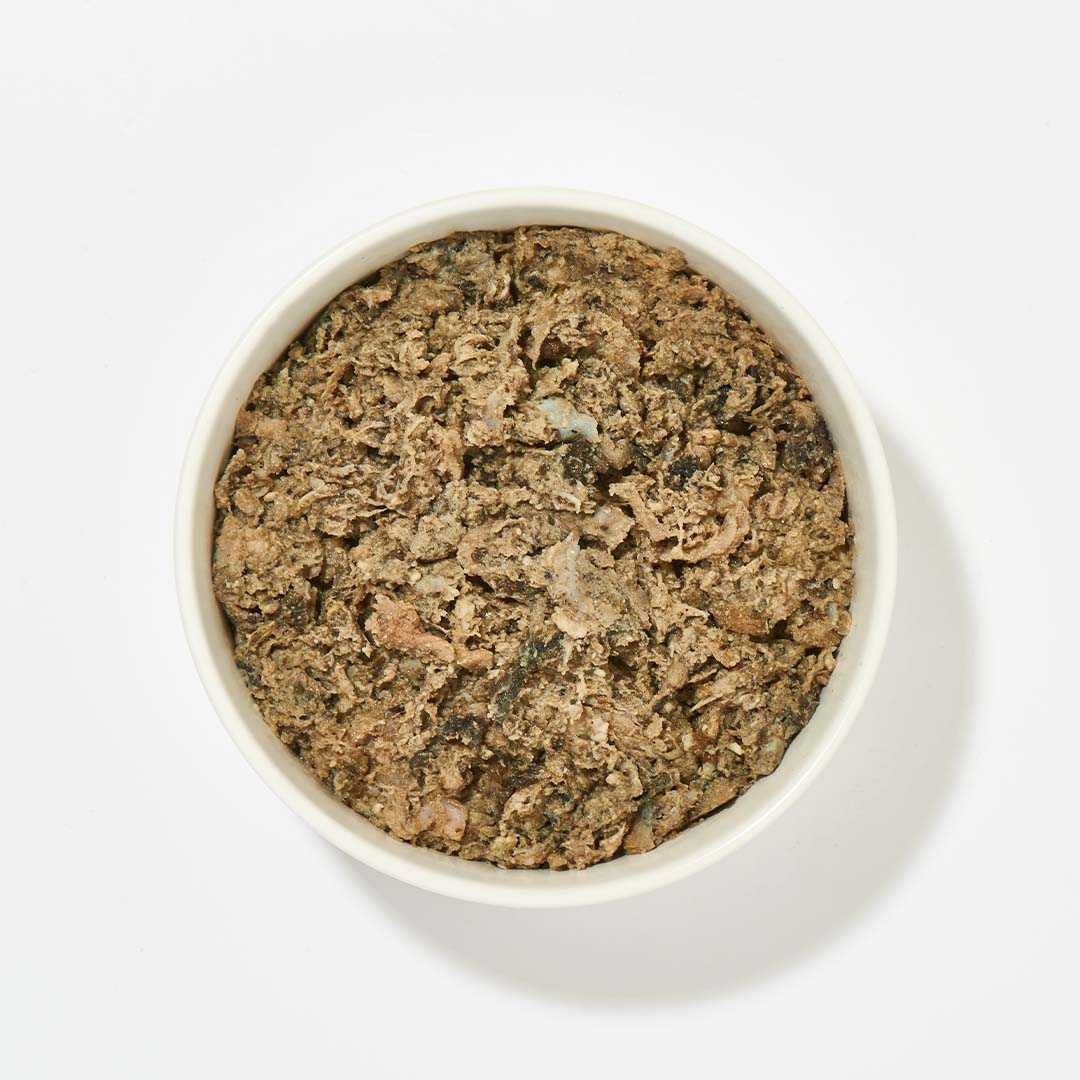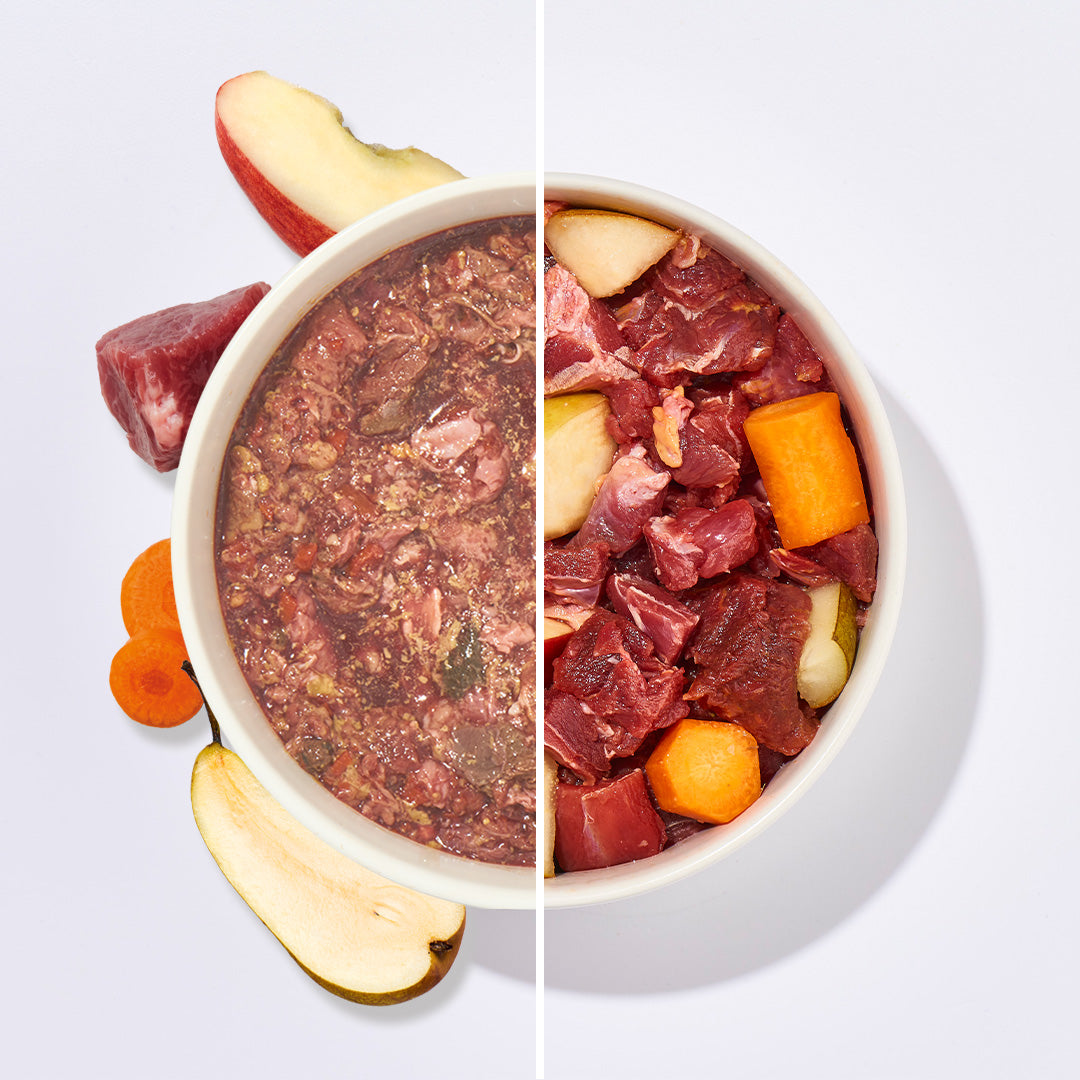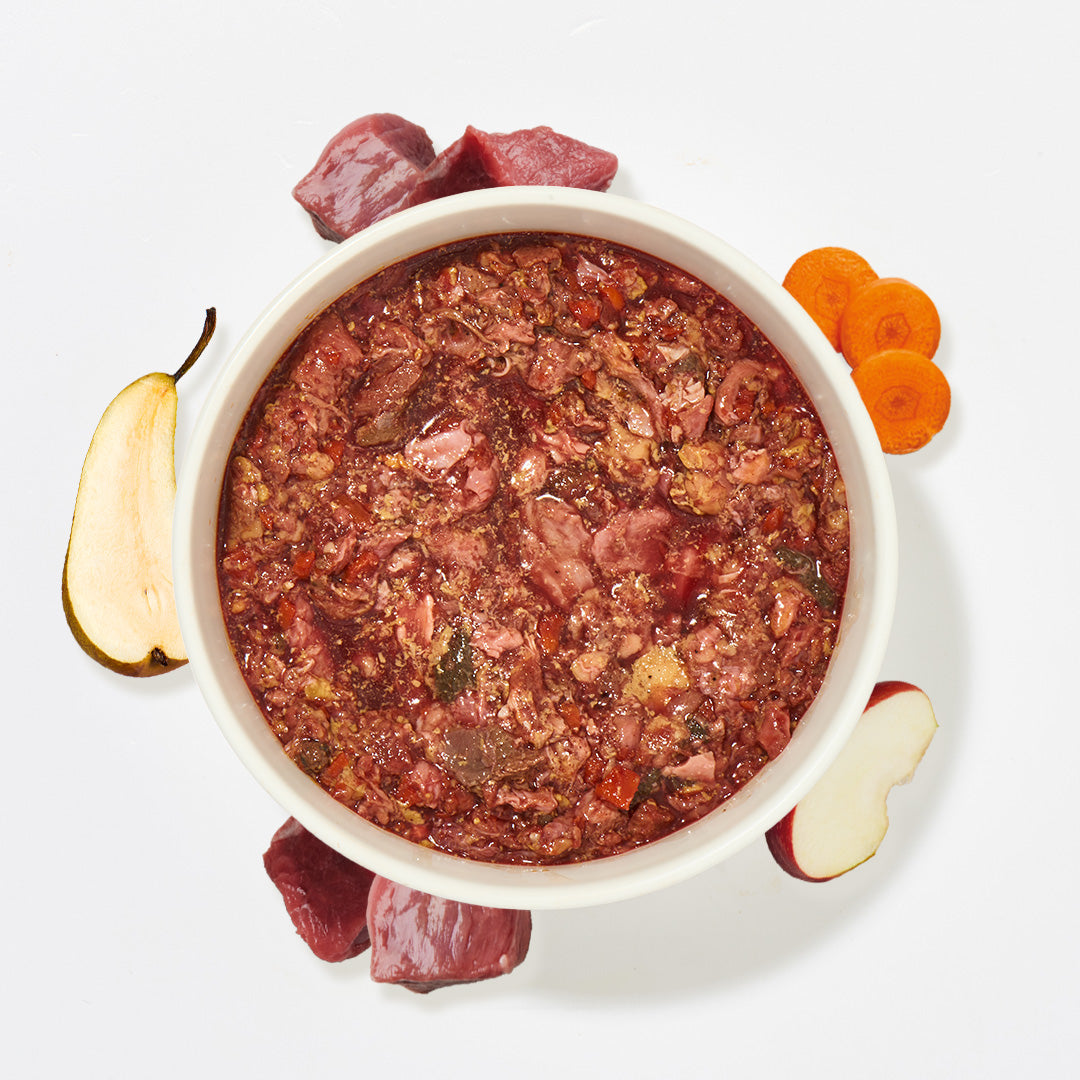With autumn, the last warm rays of sunshine and the forests covered in leaves, nature invites you to take a long autumn walk. You can enjoy the colorful play of colors in nature and use the time in the fresh air to diligently collect chestnuts for decorations. But be careful, chestnuts are very popular with us humans in autumn, but there is a danger lurking for dogs. You can find out what you should know as a dog owner here.
- Can my dog eat chestnuts?
- My dog ate chestnuts
- Small Chestnut Pieces & the Symptoms
- Prevention & Distraction
Can my dog eat chestnuts?
No, dogs are not allowed to eat chestnuts. You should be careful on your autumn walk, as some dogs like to play with chestnuts. A game that can have dangerous consequences, especially if your dog chews on the chestnut or even swallows it.
Chestnuts contain two toxins, saponin and glycosides. These two toxins are released when your dog bites or chews the chestnut. Just by chewing, your dog comes into contact with the toxins, which are absorbed through the mucous membranes. In small quantities, the toxins cause diarrhea or vomiting. It becomes significantly more dangerous if your dog eats or even swallows large quantities of chestnuts.
My dog ate chestnuts
Has your dog eaten or swallowed a chestnut? This is an acute emergency, as the smooth balls quickly pass through the esophagus into the stomach. In the stomach, the hydrochloric acid roughens the surface of the stomach wall. What does this mean? This means that the chestnut sticks to the intestinal mucosa, preventing it from being excreted. Natural digestion is no longer possible, and if the chestnut gets stuck, there is a risk of intestinal obstruction.
For the quickest possible treatment, take your dog to the vet immediately. Describe the situation to your vet as accurately as possible and tell them when the incident occurred.
Small Chestnut Pieces & the Symptoms
Even if your dog has only eaten small pieces of chestnuts, this can have health consequences. If you are not sure whether your dog has eaten small pieces of chestnuts, watch him closely. Symptoms such as diarrhea and vomiting or significant changes in his behavior are possible signs that your dog is reacting to the pieces he has eaten.
Prevention & Distraction
To protect your dog from chestnuts and the dangers they pose, teach your dog not to eat randomly from the ground. In addition to chestnuts, improperly disposed rubbish can also be dangerous for your dog if it is eaten from the ground. Pay attention to your dog on every walk and try to act with foresight. If you see a danger, draw your dog's attention to you.
To avoid increasing the risk, do not play with chestnuts with your dog, as they are not a substitute for toys. Chestnuts are also not suitable for practicing fetching with your dog. If you and your dog are still looking for the right activity for your daily autumn walk, feel free to take a ball, Frisbees or his favorite toy with you. This way you can really let off steam, your dog's attention is on you and there is no temptation to look for something else to do in the forest.
With suitable distraction for your four-legged friend and a watchful eye on your part, nothing stands in the way of a long autumn walk.
